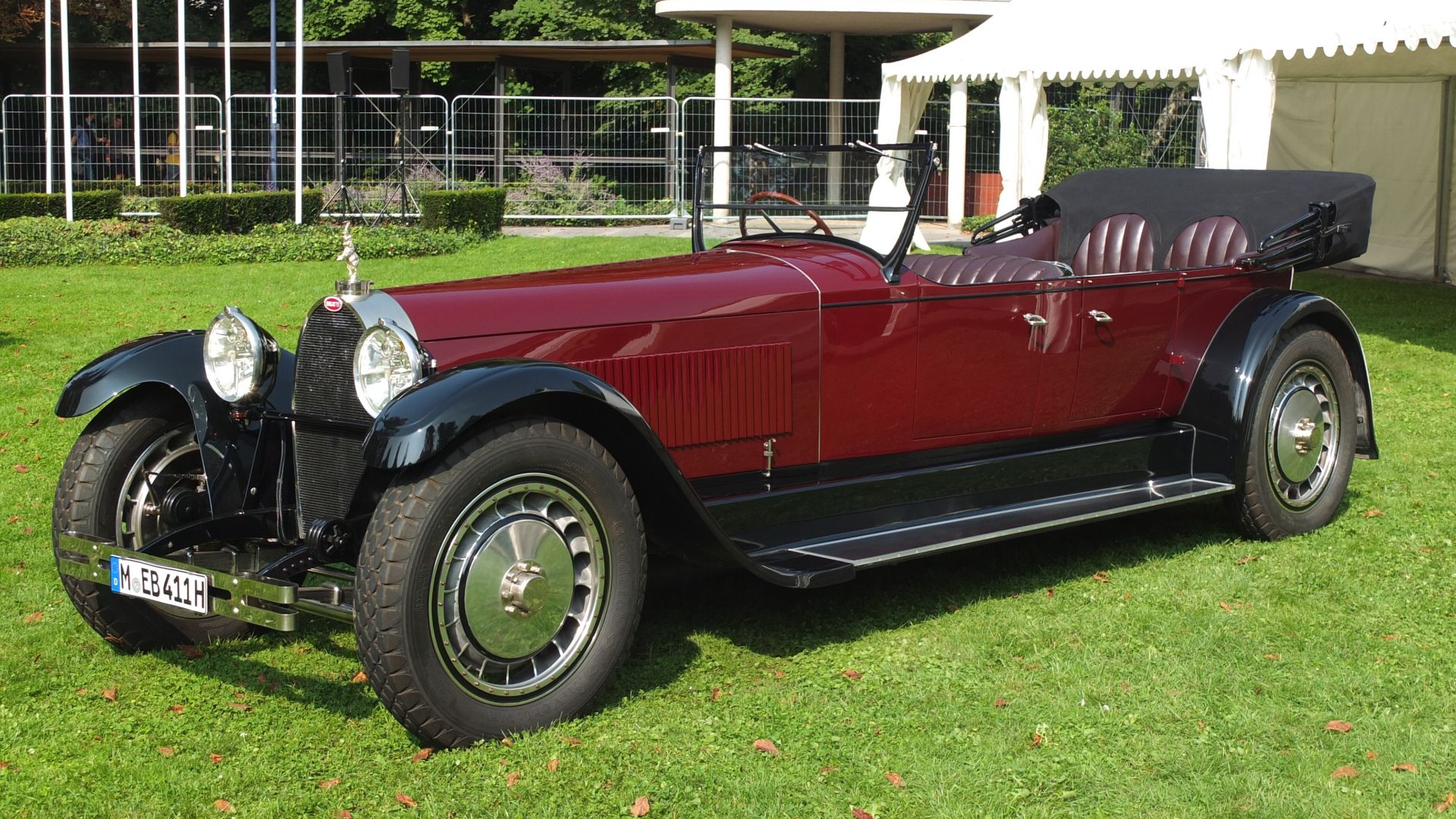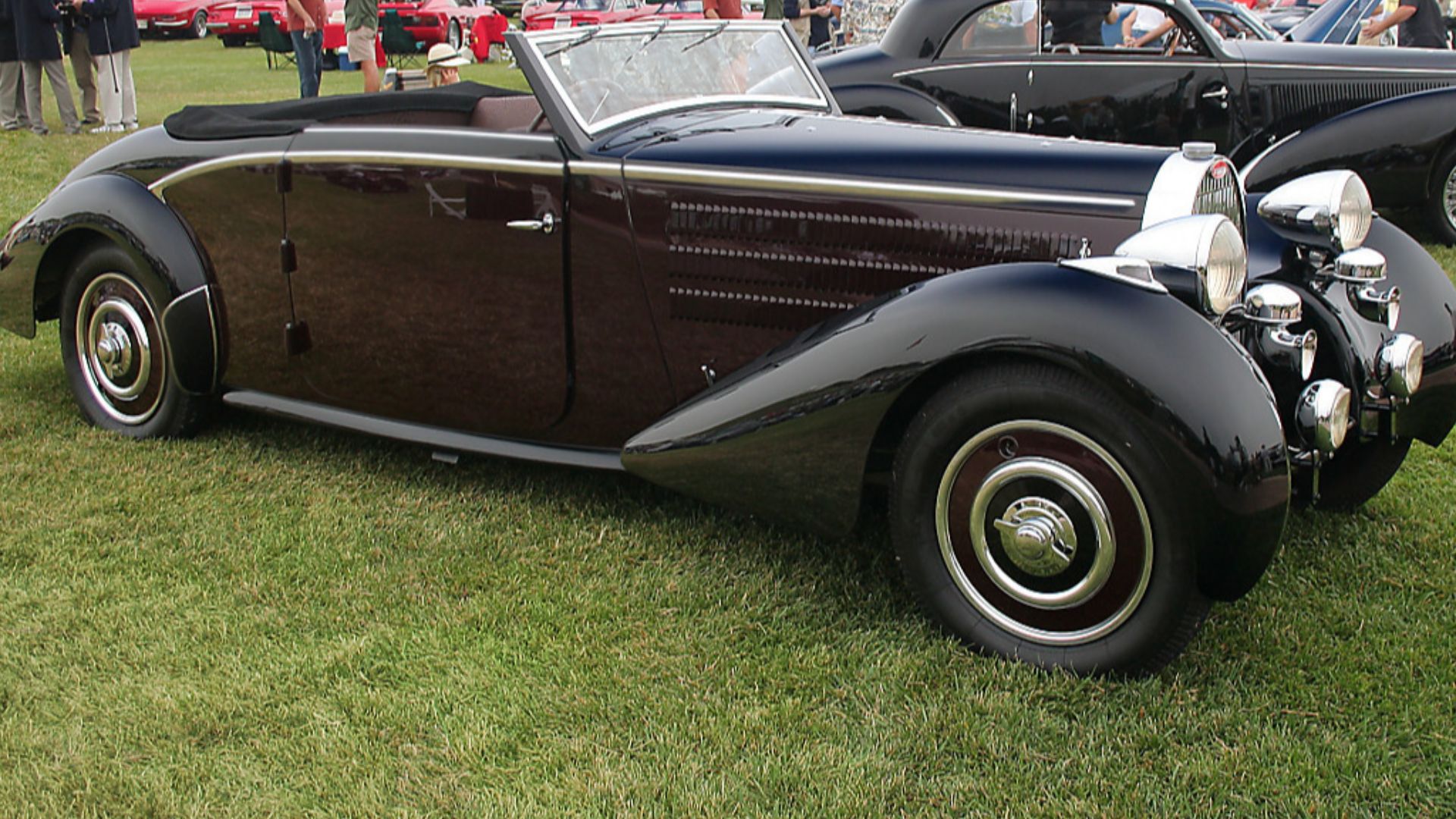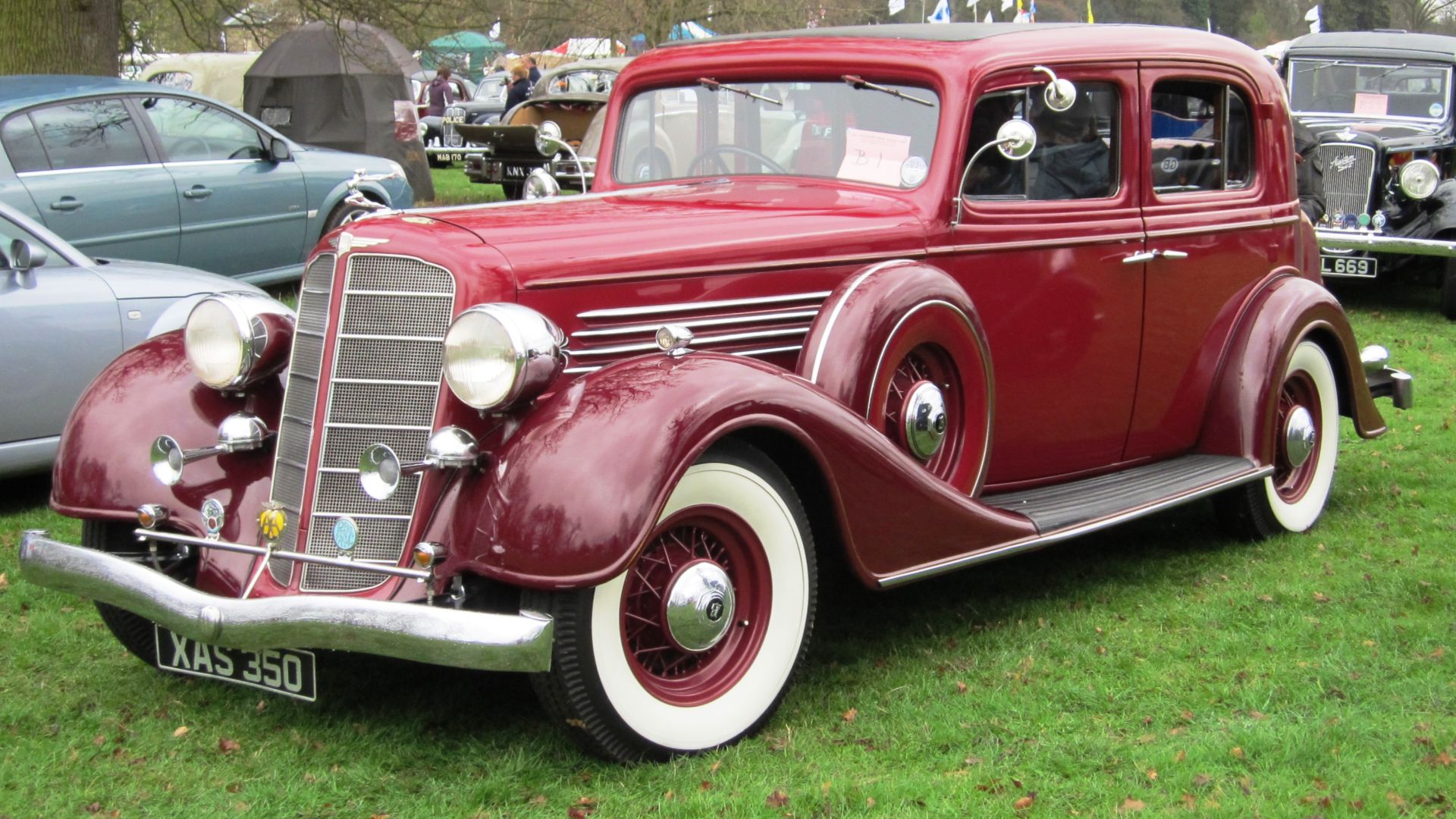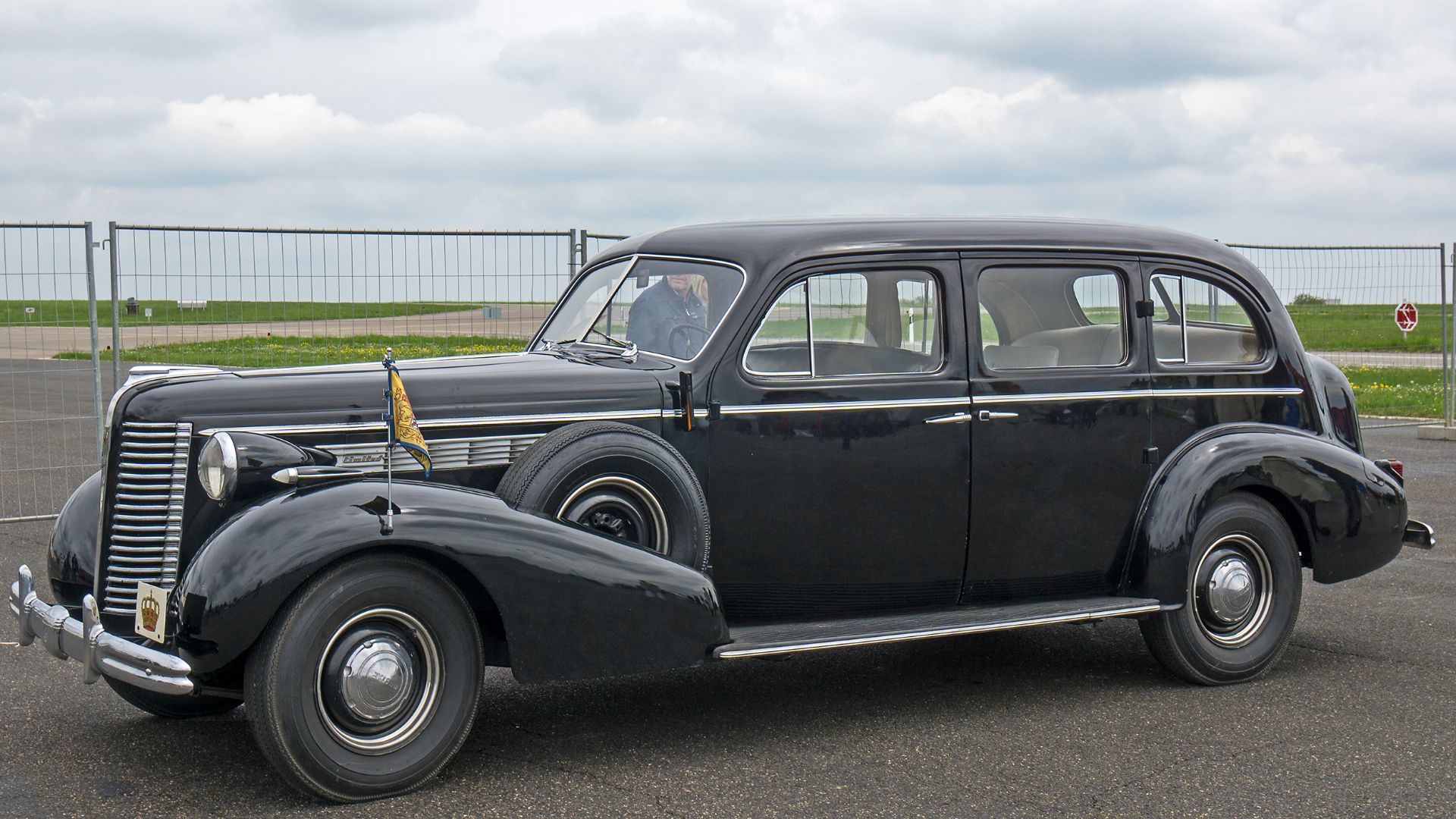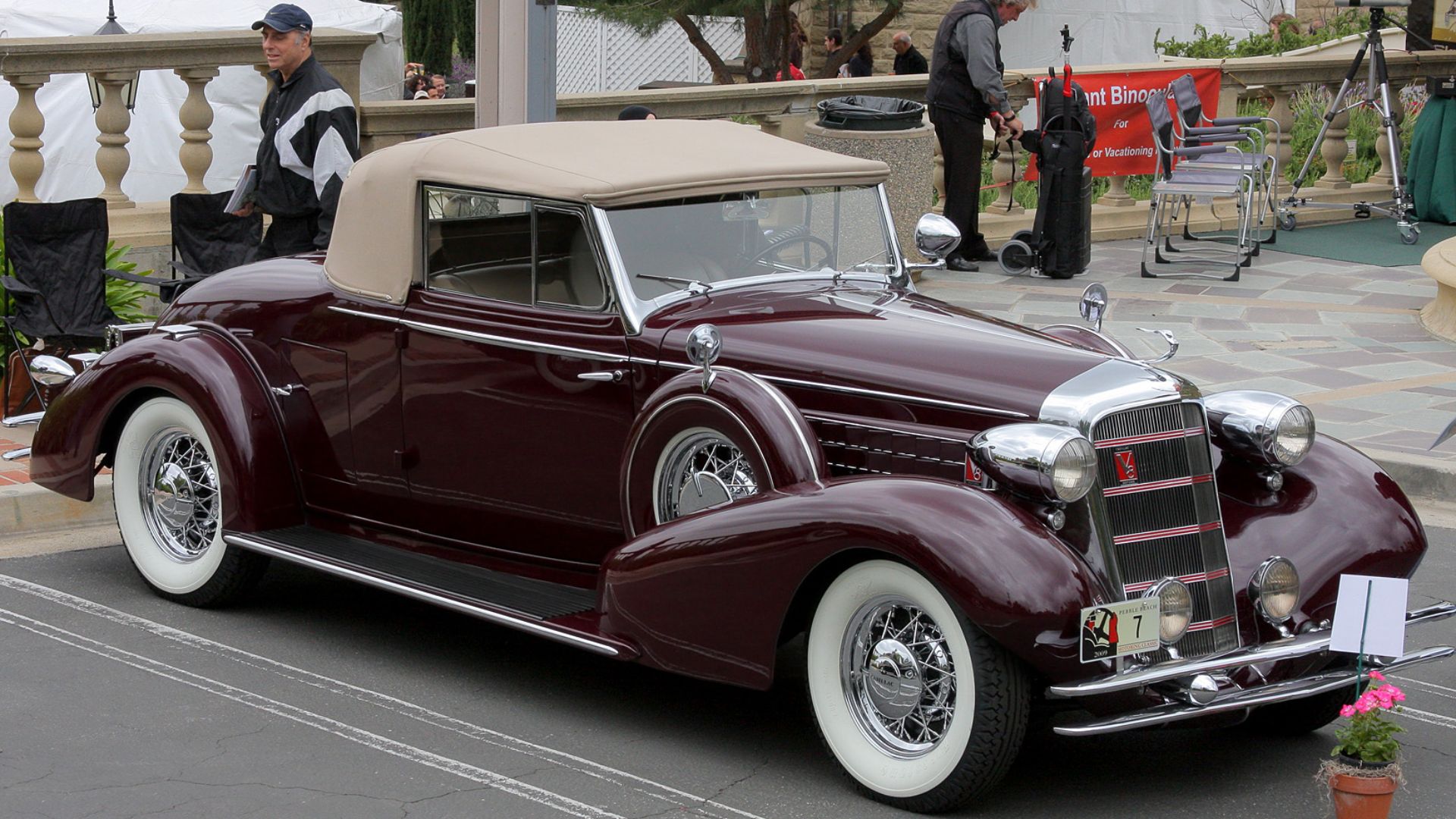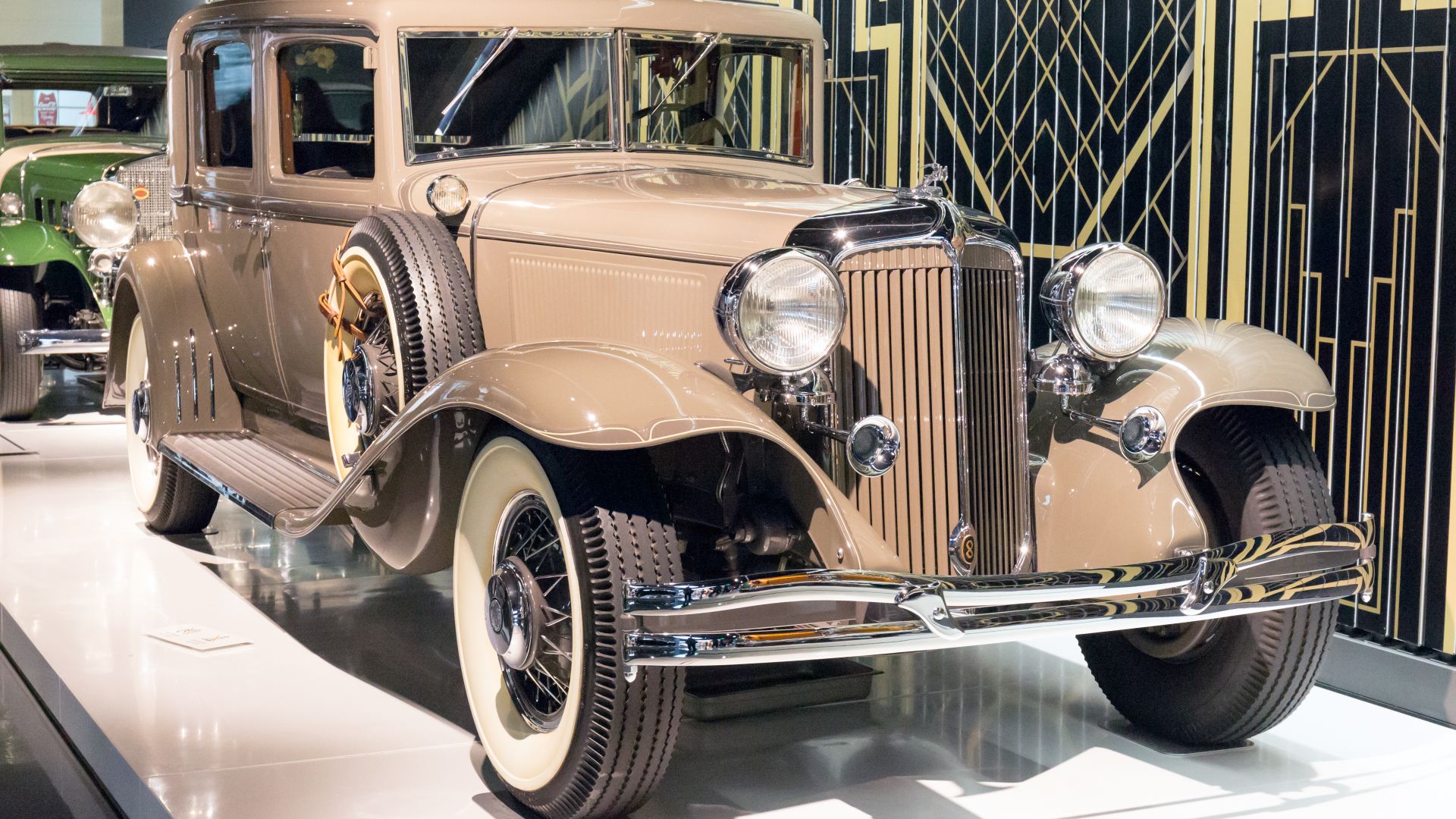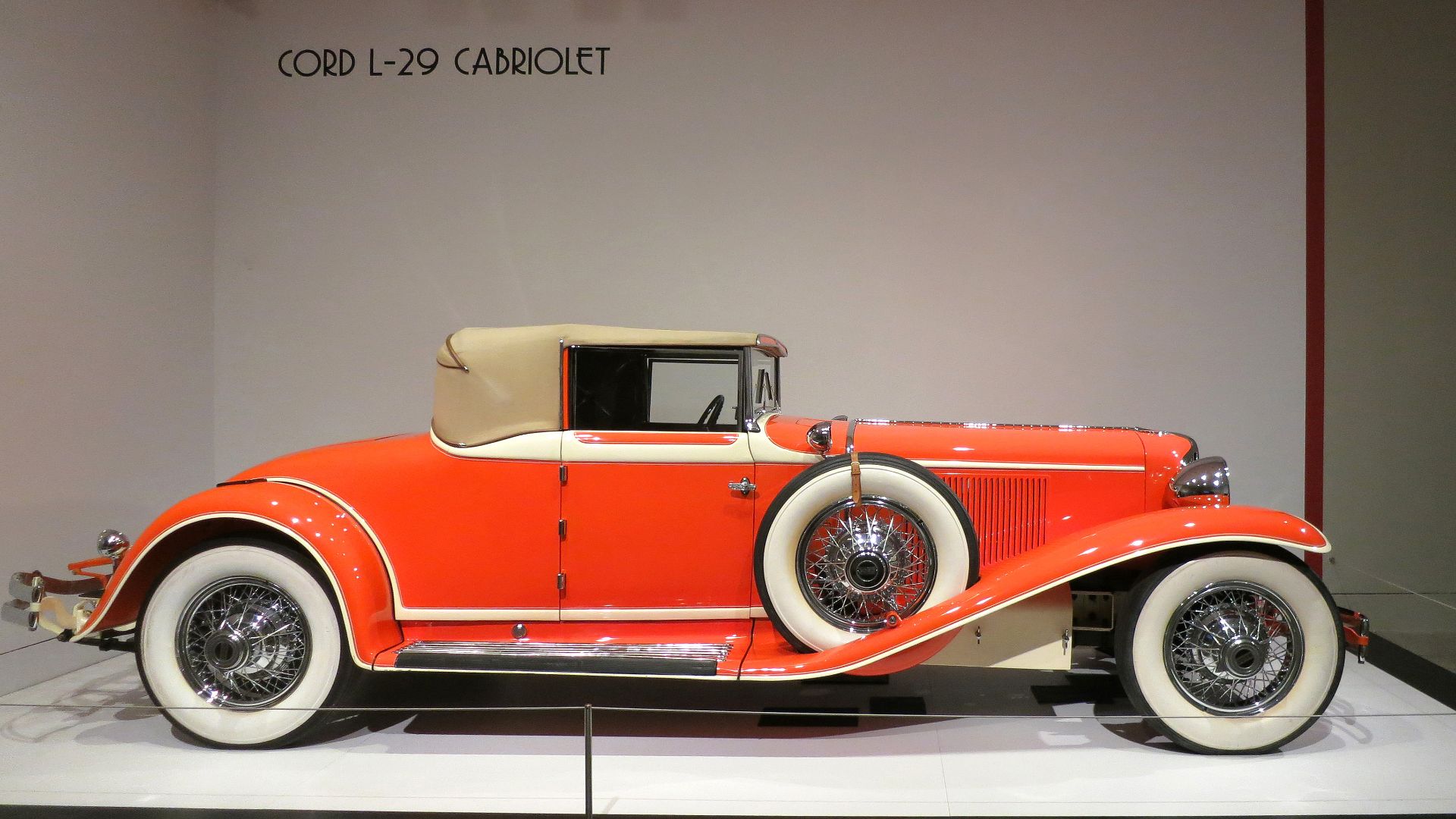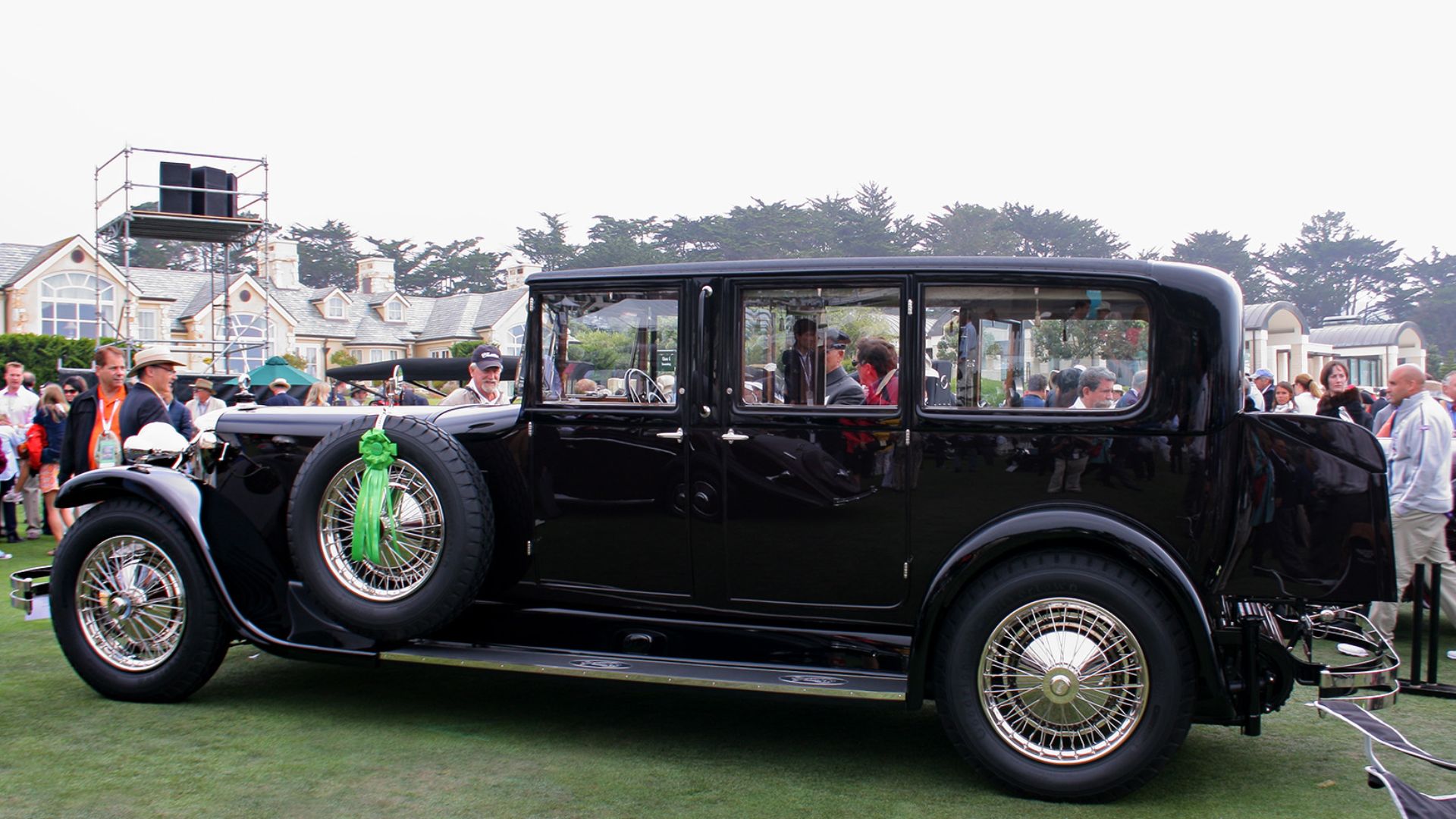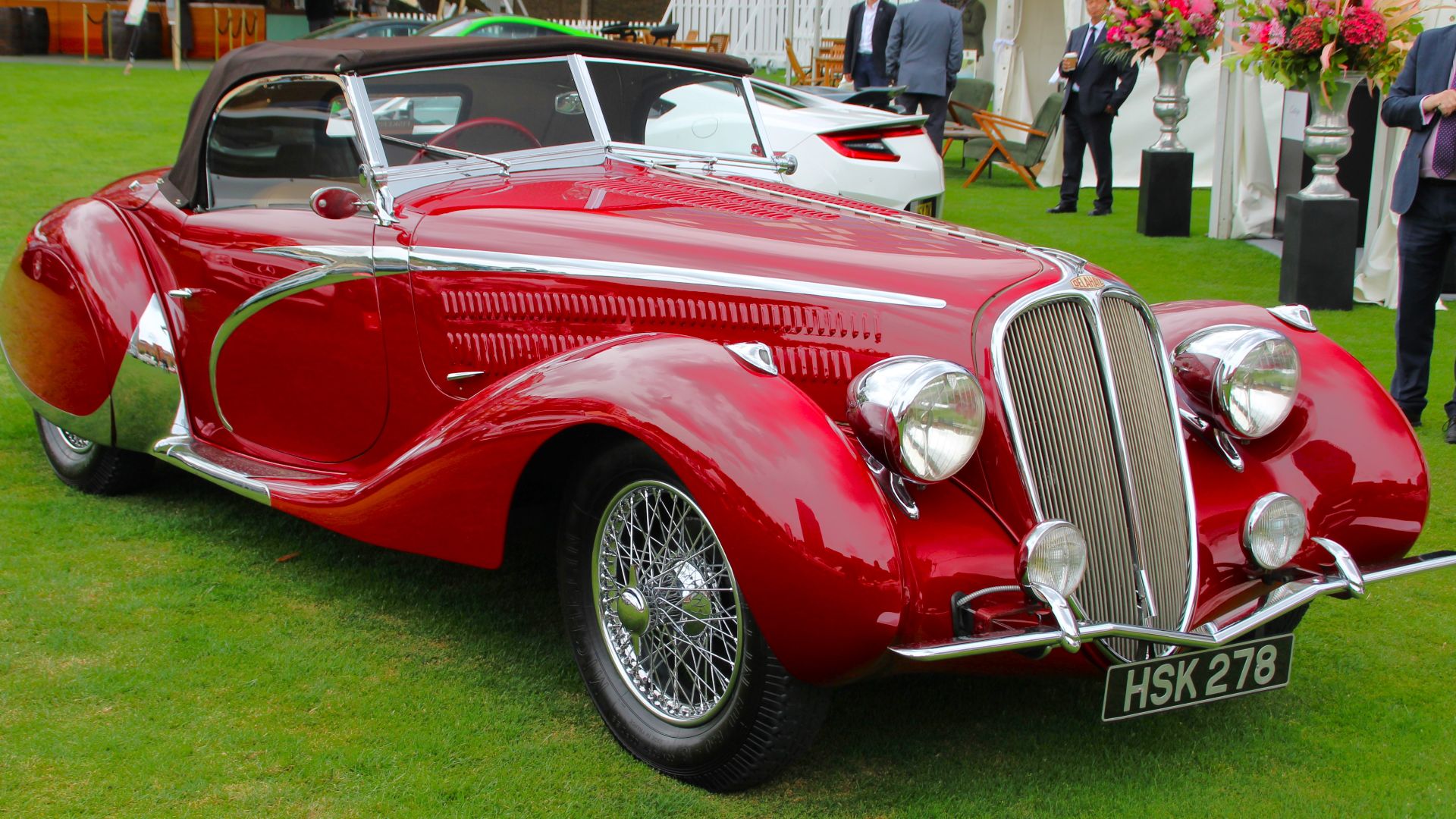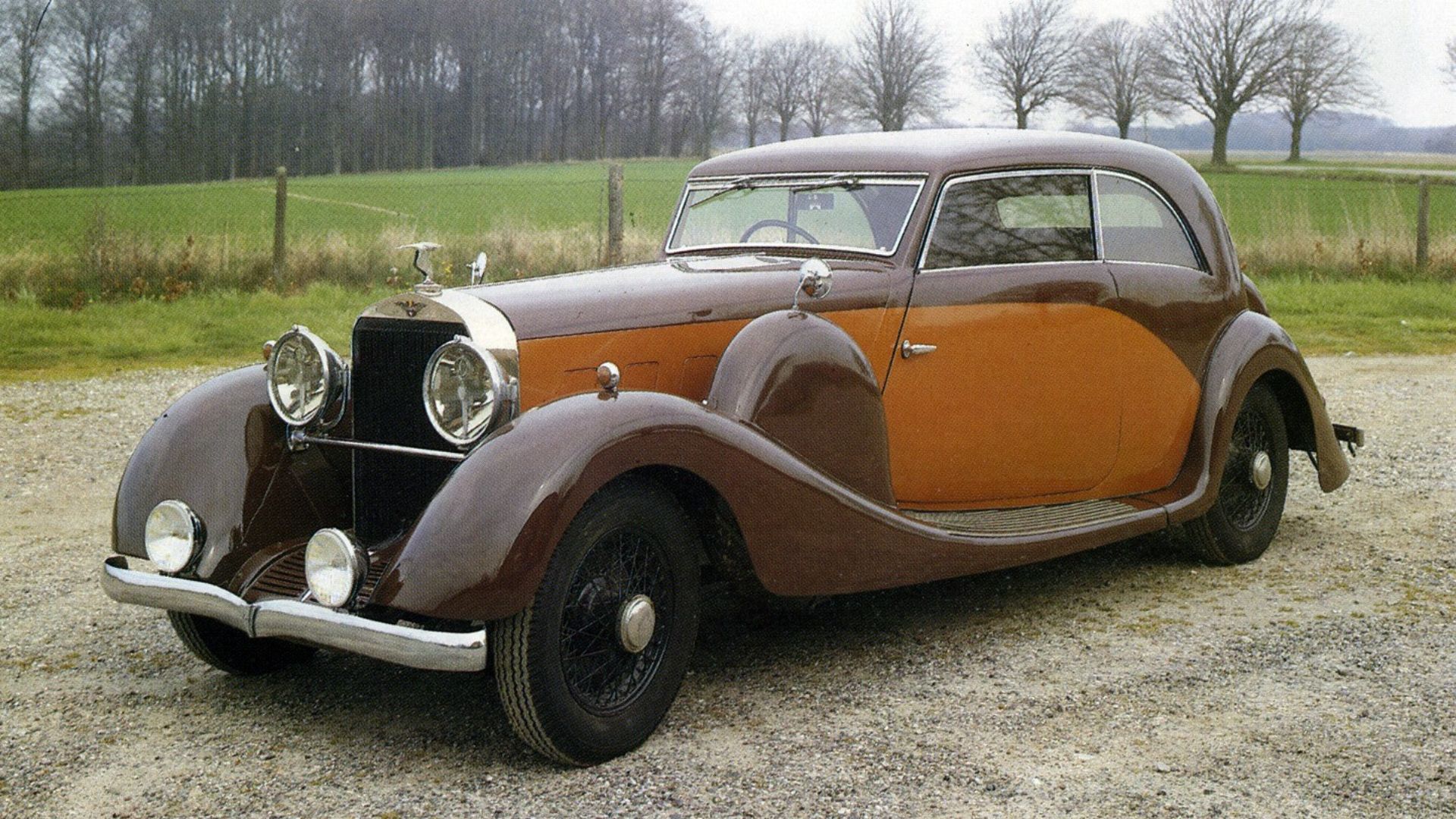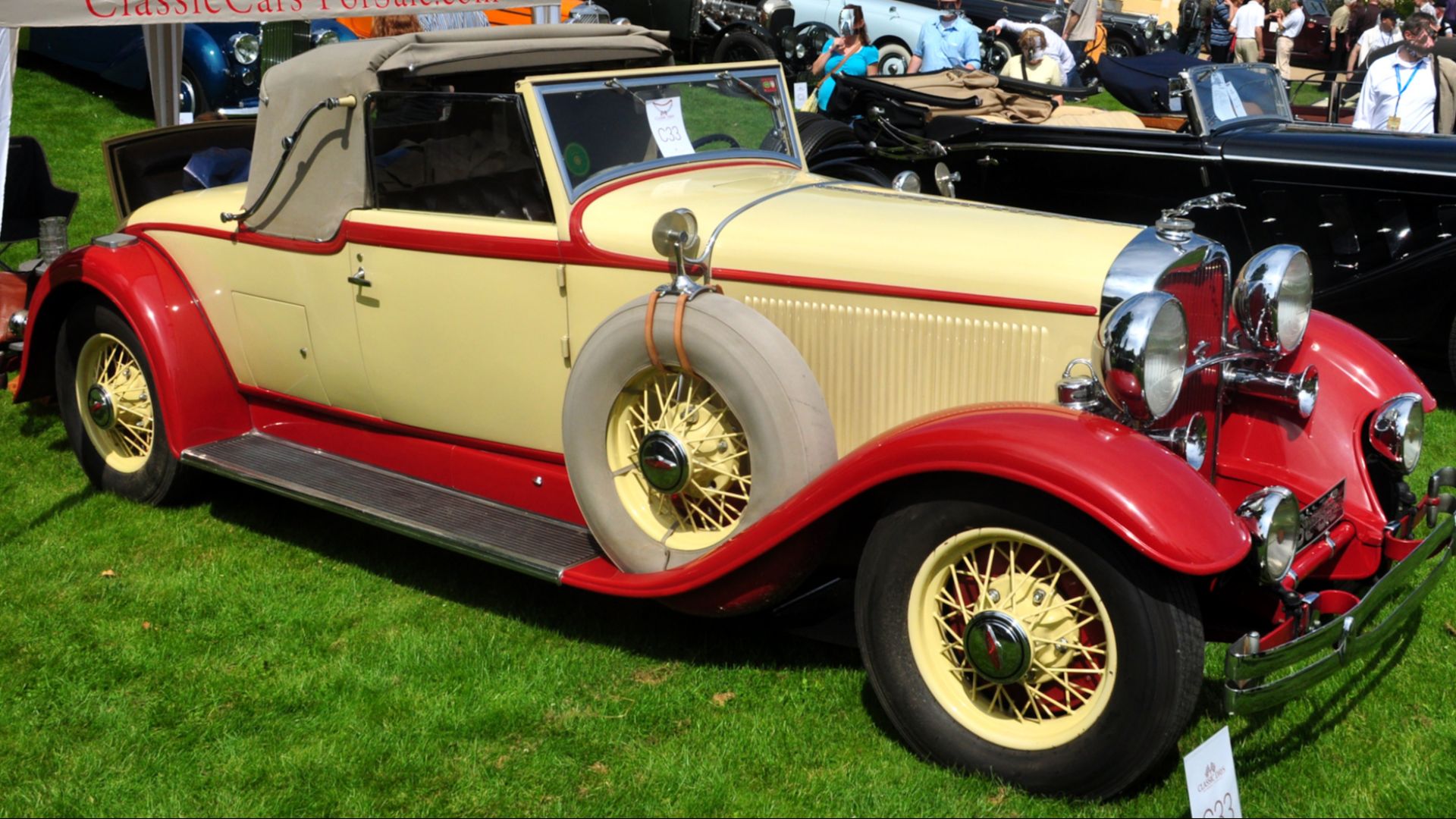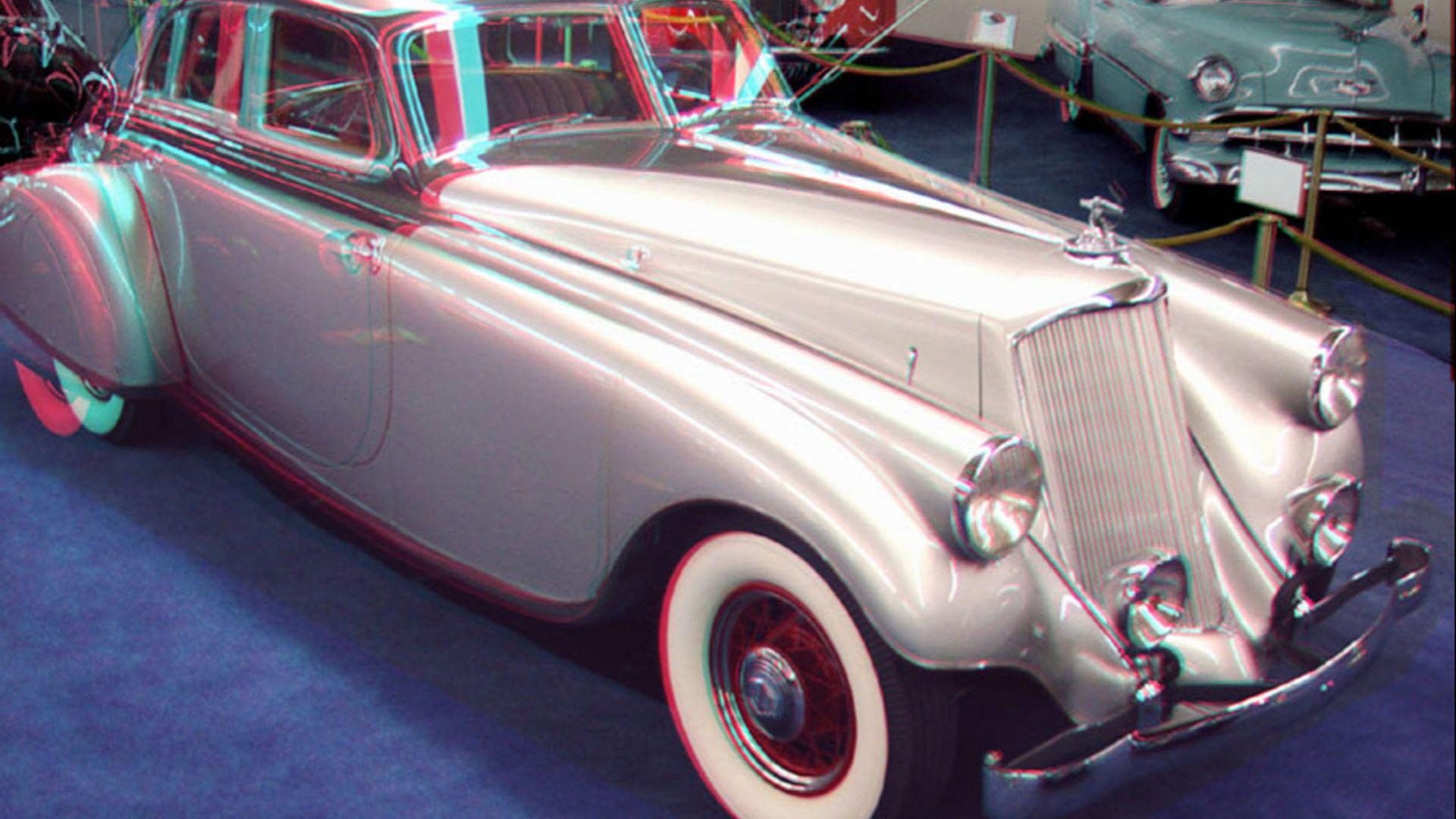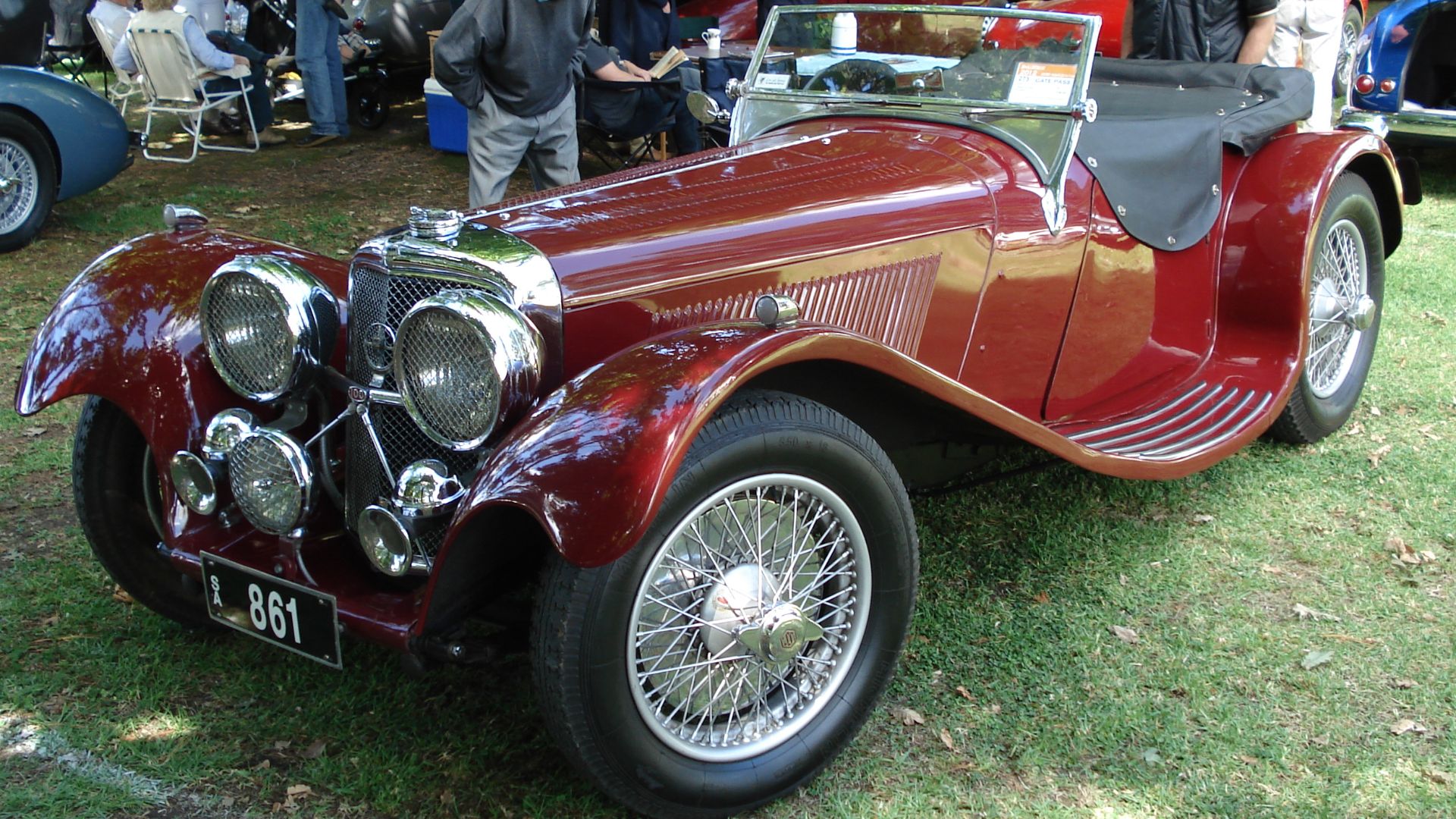Today's Cars Could Never Match The Finesse Of These 1930s Beauties
In the 1930s, automobiles were only about 25 years old. But the advances made in engineering and design during those 25 years were significant. This led to some of the most beautiful cars we've ever seen, never to be recreated. Today's cars couldn't hold a candle to these exquisite 1930s autos.
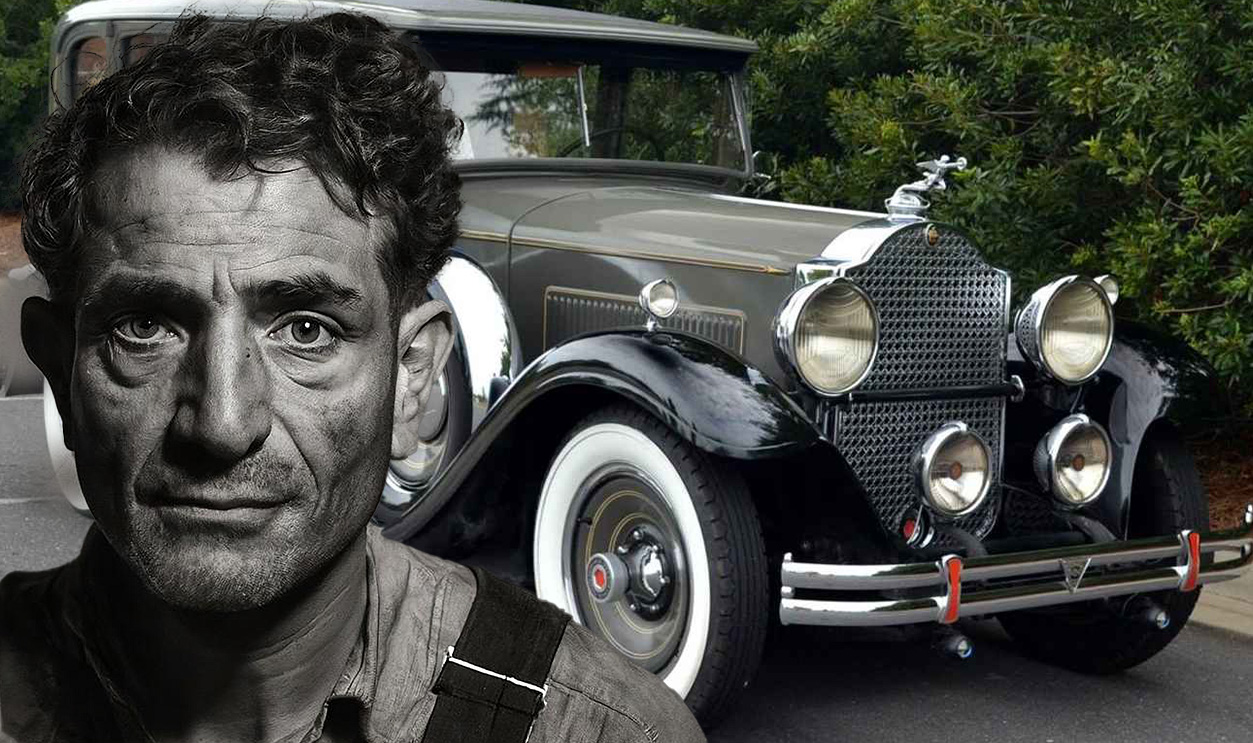
Bentley 8 Liter
The Bentley 8 Liter was the last car that Bentley made as an independent company. Powered by a six-cylinder, 8L engine, it could go from 0 to 60 in just 5.2 seconds and had a staggering top speed of 125 mph. The 8 Liter was supposed to be the car that saved Bentley as a company—unfortunately, not even the beautiful leading lines and large engine could save Bentley, who went belly-up and were acquired by Rolls-Royce eight months later.
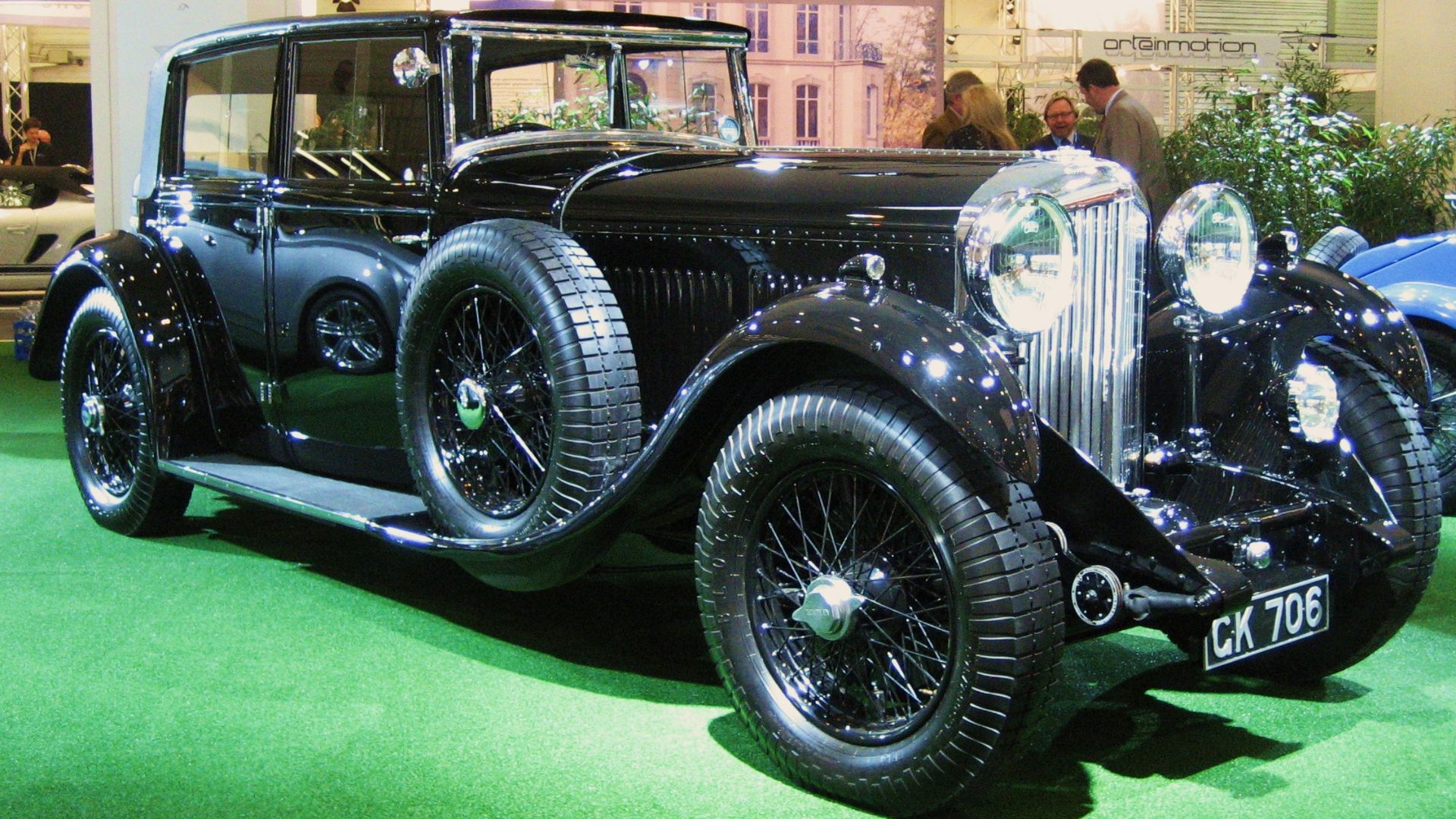 Anton van Luijk, Wikimedia Commons
Anton van Luijk, Wikimedia Commons
Bugatti Royale
From England to France, we have the Bugatti Royale. Introduced in 1927 and sold until 1933, the Bugatti Royale is one of the world's most luxurious cars. So luxurious that only 25 were ever built. It's also one of the world's largest cars ever, with a 169-inch wheelbase and being 21 feet long overall. It featured a 12L engine that produced 300 horsepower.
Cadillac V16
The Cadillac V16 was a truly stunning feat of engineering. It was once owned by an American President, and only 4,000 were ever made. The V16 was one of the first multi-cylinder cars ever produced and was built entirely in-house by GM. Retractable step plates, beautiful cycle fenders, and the typical side-mounted fifth wheel completed the gorgeous Cadillac.
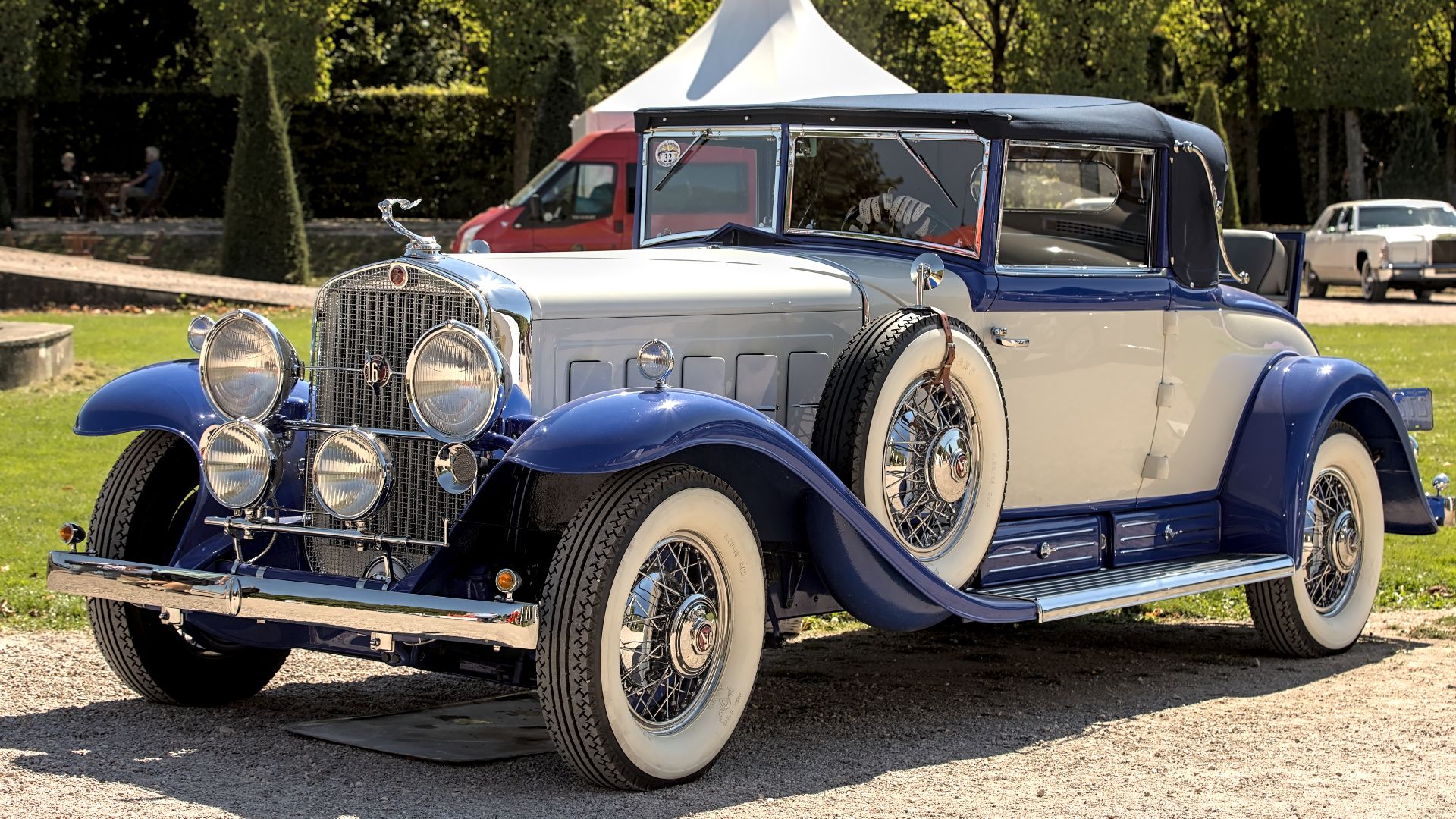 Alexander Migl, Wikimedia Commons
Alexander Migl, Wikimedia Commons
Bugatti Type 57
The Type 57 was built by French automaker Bugatti, between 1934 and 1940. One of the most beautiful cars of that era and one of the rarest cars in history, the Type 57 was powered by an eight-cylinder twin-cam 3.3L engine that produced 197 hp and had a top speed of 125 mph. The long hood and glorious curves made it so popular that a lowered version, the 57SC, was produced. An even more exclusive "Atlantique" version was also built, of which there are only three remaining.
Buick Series 60
Produced between 1930 and 1935, the Series 60 was a gorgeous sedan built by Buick that featured full-length running boards for the first time, with a 3.6L Buick eight-cylinder engine that could deliver 90 hp. It was available as a sports coupe, sedan, and either two-door or four-door convertible. For the early versions, the Series 60 had a visible radiator and, like many GM cars of the 1930s, shared a color scheme from the Art & Color Section headed by designer Harley Earl.
Buick Series 90
Otherwise known as the Buick Limited, the Series 90 was the flagship model for Buick Motors, first unveiled in 1936 and produced for six years until 1942. Powered by a 5.7L 8-cylinder engine, the Series 90 could deliver 113 hp. But it was best known for its seven-passenger "Limousine" version, which extended the wheelbase to 140 inches.
Cadillac 355
The Cadillac 355 was a V8-powered luxury sedan that was produced by Cadillac between 1931 and 1935, with a unique front grille that had five hood ports, metal floorboards for the first time, and an under-seat battery and tool compartment in the front. The 355 was offered as a lower-priced, smaller option than the Cadillac V16.
Cadillac Series 75
A successor to the 355 was the Series 75. Its V-shaped windshield was one of the stand-out new designs from Cadillac, along with its engine: the brand-new 5.7L V8, which produced 135 hp and was less expensive and more powerful than its predecessors. Despite being a work of art, the 75 didn't sell well in the Great Depression era.
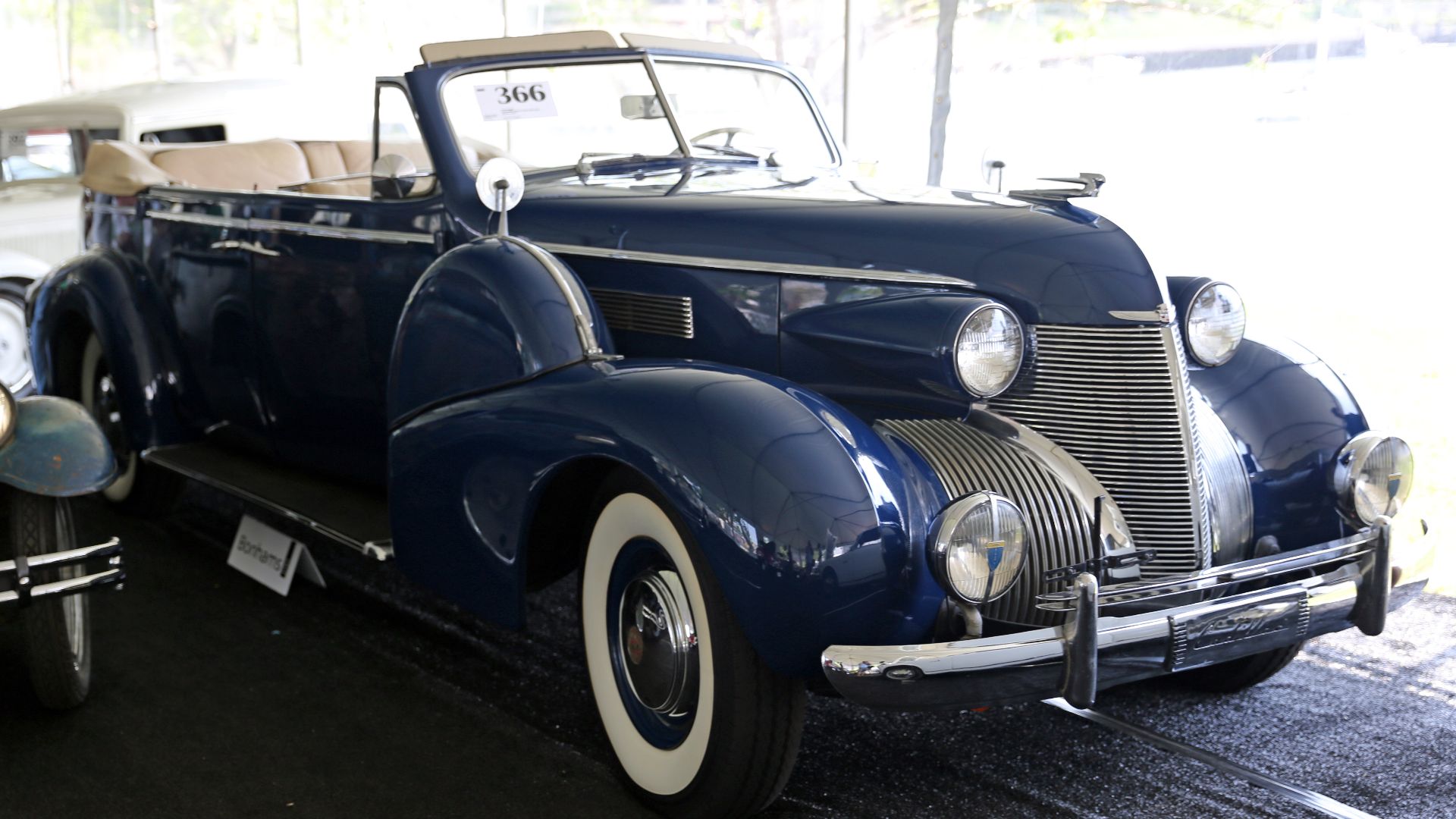 Mr.choppers, Wikimedia Commons
Mr.choppers, Wikimedia Commons
Chrysler Imperial
The Chrysler Imperial was the best of the best of the Chrysler line of ultra-luxury cars of the 1930s and was its highest-priced model of that era, driven by government officials, company executives, and royalty. Fitted with a 4.6L six-cylinder engine, the first generation of the Chrysler Imperial set a transcontinental speed record by driving 6,500 miles in a week.
Cord L-29
You might not know the name "Cord" now, but in the late 1920s and 1930s, it was all the rage. The automaker introduced the L-29 as America's first front-wheel drive car. Powered by a 4.9L eight-cylinder engine, the L-29 produced 125 hp and had a top speed of just over 80 mph.
Cord 812
New engineering on the Cord 812 gave it independent front suspension (and front-wheel drive), which allowed it to be given a sleeker look than the L-29. Despite the beauty of the 812, Cord only sold 1,174 units in its first year of production. The company ceased production of all cars in 1937.
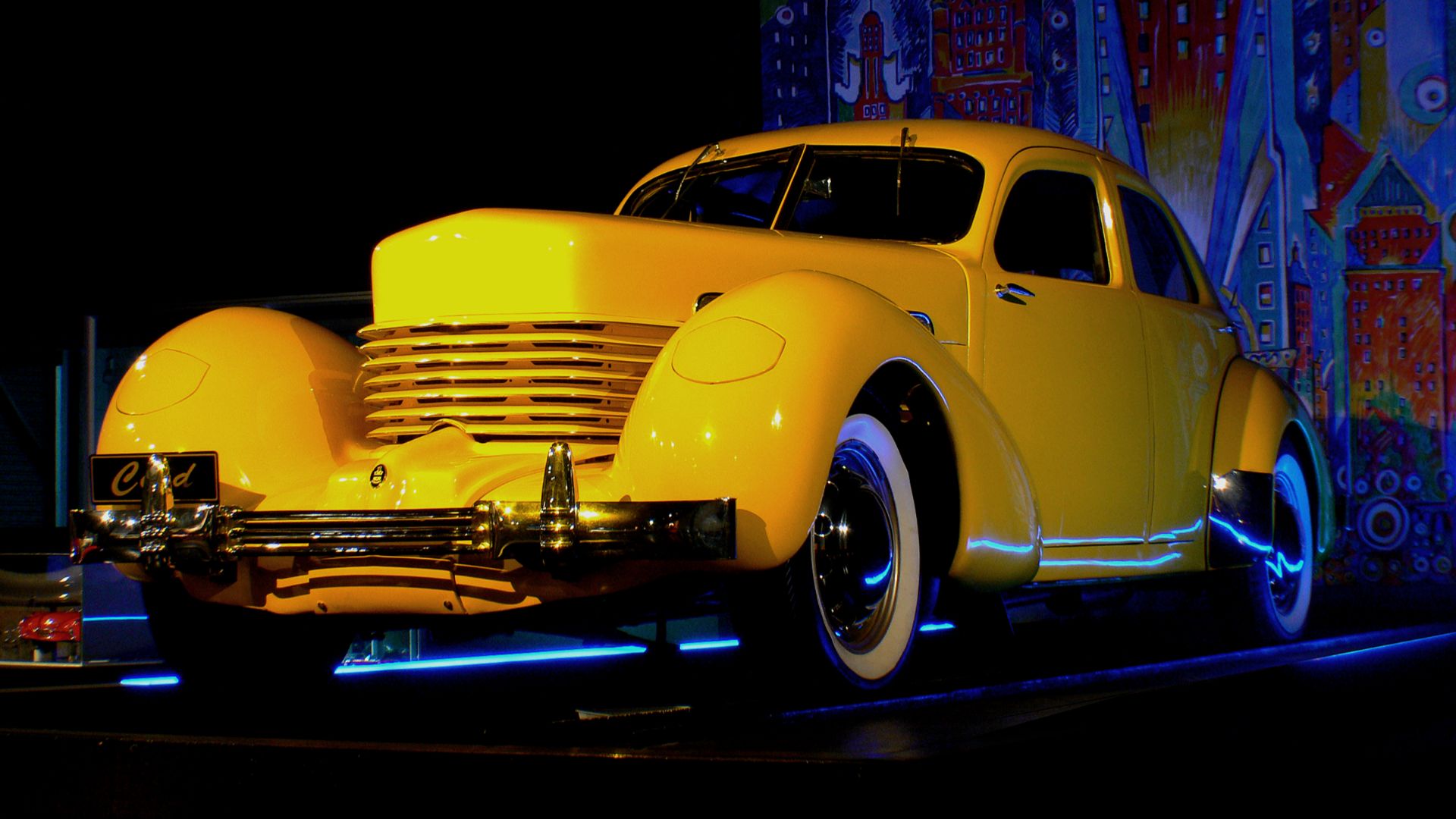 Bernard Spragg. NZ from Christchurch, New Zealand, Wikimedia Commons
Bernard Spragg. NZ from Christchurch, New Zealand, Wikimedia Commons
Daimler Double-Six 50
The Daimler Double-Six was the name given to an engine developed by the Daimler Company of Coventry, England. The 7.1L engine produced 150 hp and was Britain's first 12-cylinder car, with a top speed of 80 mph. It was renowned for its ability to climb hills at the time—given the superb horsepower production, that is hardly surprising.
Delage D8
Introduced at the tail-end of 1929, the Delage D8 was produced by French company Delage. The D8 came at a really good time for others in the French auto market, taking sales off the top dogs like Bugatti. Two versions of the D8 were built: one was a 160-inch wheelbase behemoth, while the other was a sportier (known as the S) variant that offered better handling and could produce 120 hp, compared to the D8 "Normale", which only produced 102.
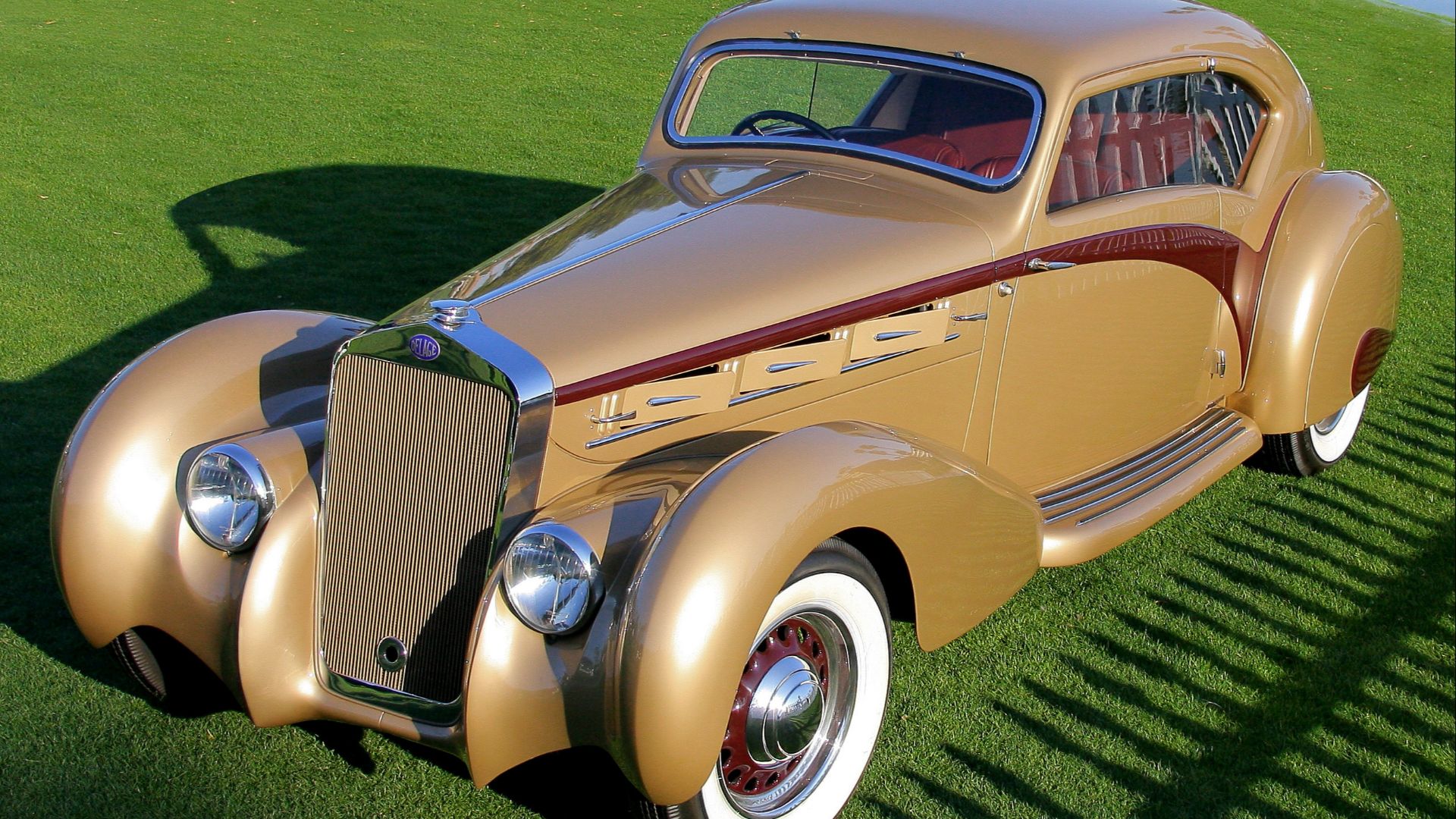 Rex Gray from Southern California, Wikimedia Commons
Rex Gray from Southern California, Wikimedia Commons
Delahaye 135
The Delahaye 135 was another luxury French car in an era of excellent French cars. The gorgeous "Cabriolet" version was among its most popular, a convertible with stunning curved wheel arches, powered by a 3.2L overhead-valve six-cylinder engine. Offering a 92 mph top speed, the car could produce 95 hp. A sportier version was later offered in the Delahaye 138.
Duesenberg Model J
Commissioned by the new American owner of the Duesenberg Corporation in 1926, the Duesenberg Model J was among the first offerings of this new ownership, who bought out the Duesenberg Corporation for the Duesenberg brothers' expertise. Powered by a DOHC eight-cylinder engine, the Model J received 200 orders within the first few months. But that wasn't the end of its story...
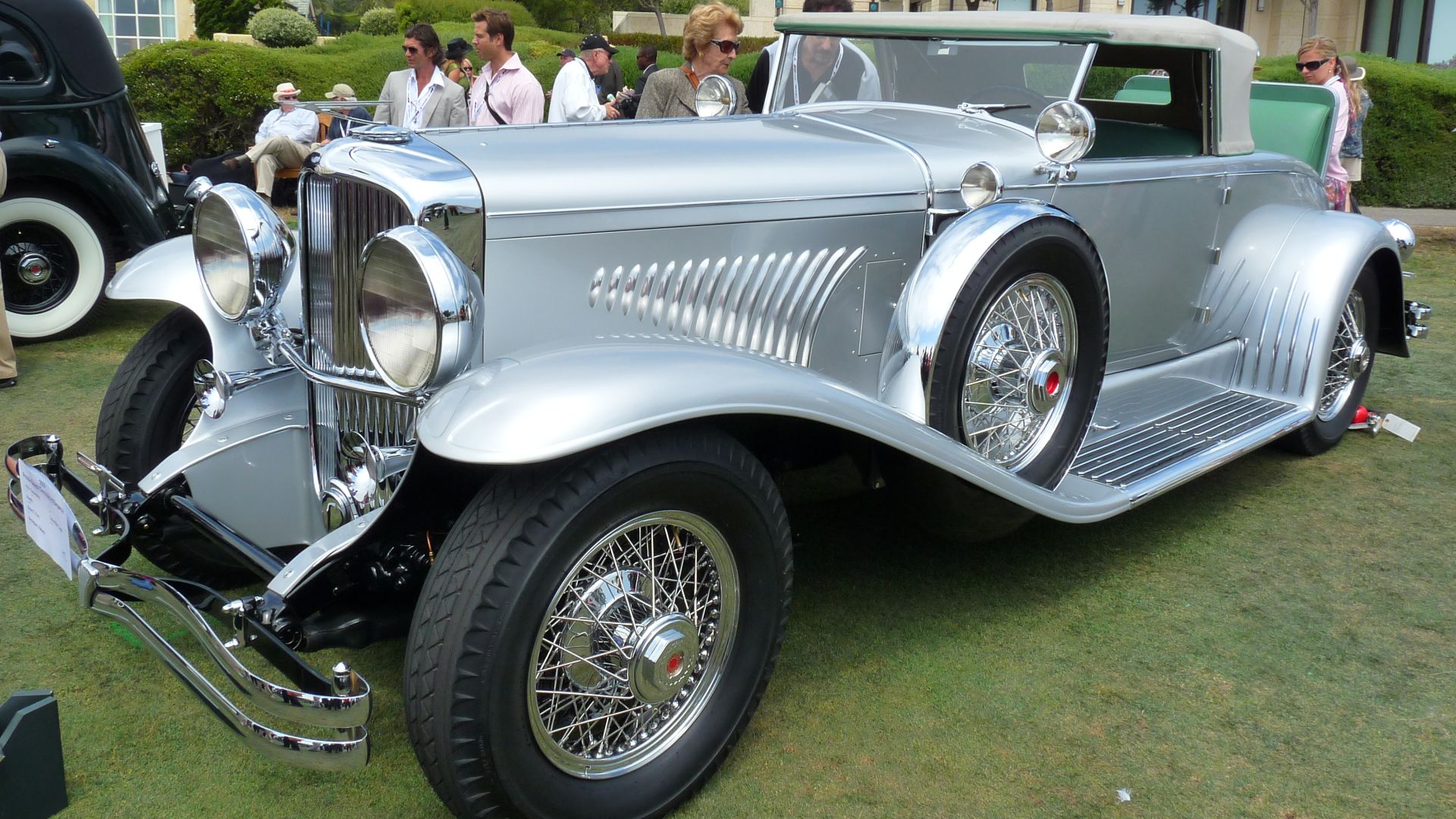 Craig Howell from San Carlos, CA, USA, Wikimedia Commons
Craig Howell from San Carlos, CA, USA, Wikimedia Commons
Duesenberg Model SJ Phaeton
The Model SJ Phaeton was a supercharged version of the model J, which, despite being more powerful than the J model, fell victim to the Great Depression. Nobody could afford the cars that the Duesenberg Corporation were producing and the company filed for bankruptcy in 1938.
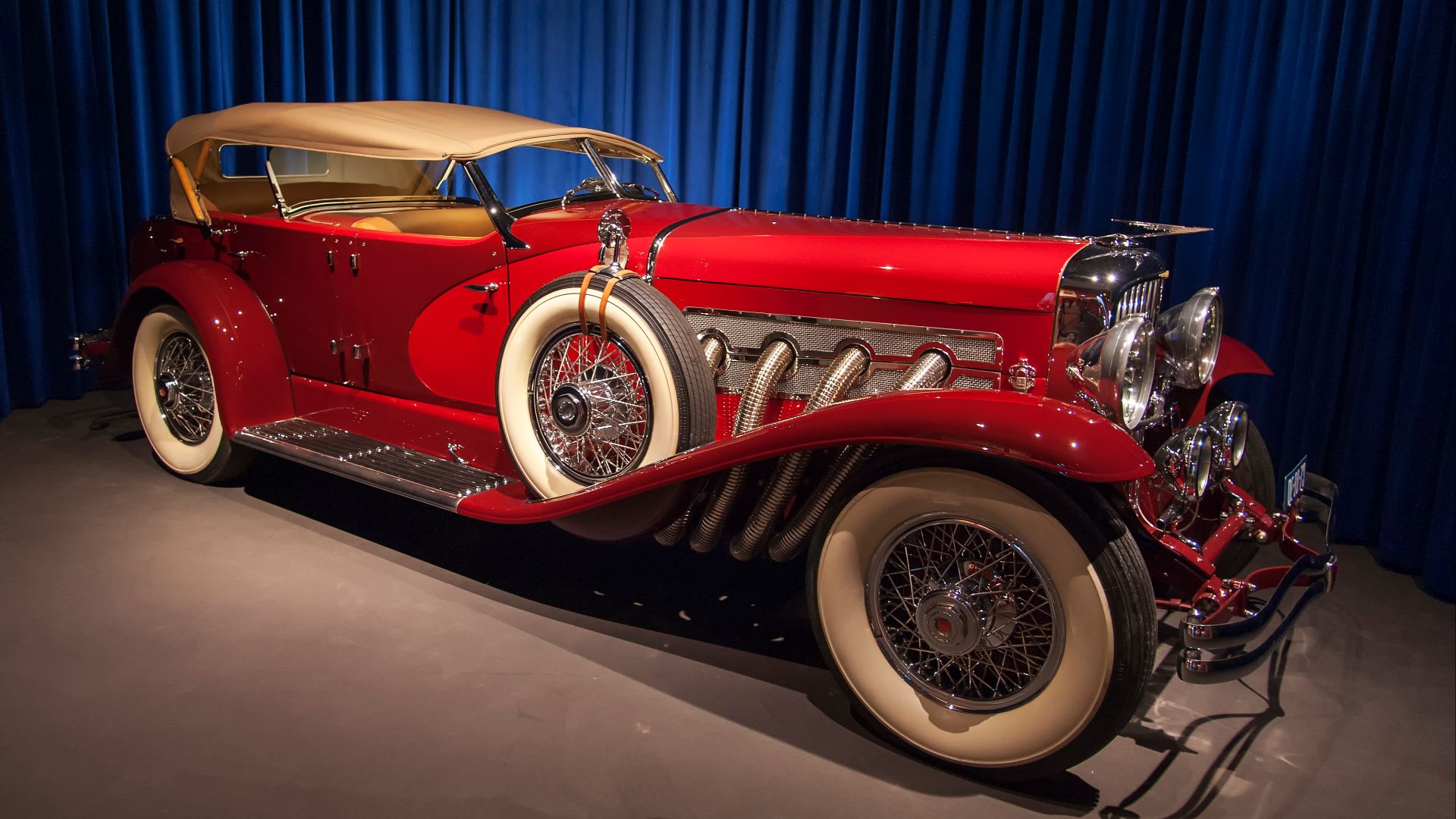 Bert Remmerswaal, Wikimedia Commons
Bert Remmerswaal, Wikimedia Commons
Franklin Twelve Series 17
The Franklin Twelve Series 17, produced by American outfit Franklin, had one unique selling point: their engines were air-cooled and therefore lighter and cheaper to make (thereby making the cars cheaper) than other luxury brands. The Twelve Series had a 6.5L 12-cylinder engine that produced 150 hp. It was also large enough to carry seven passengers.
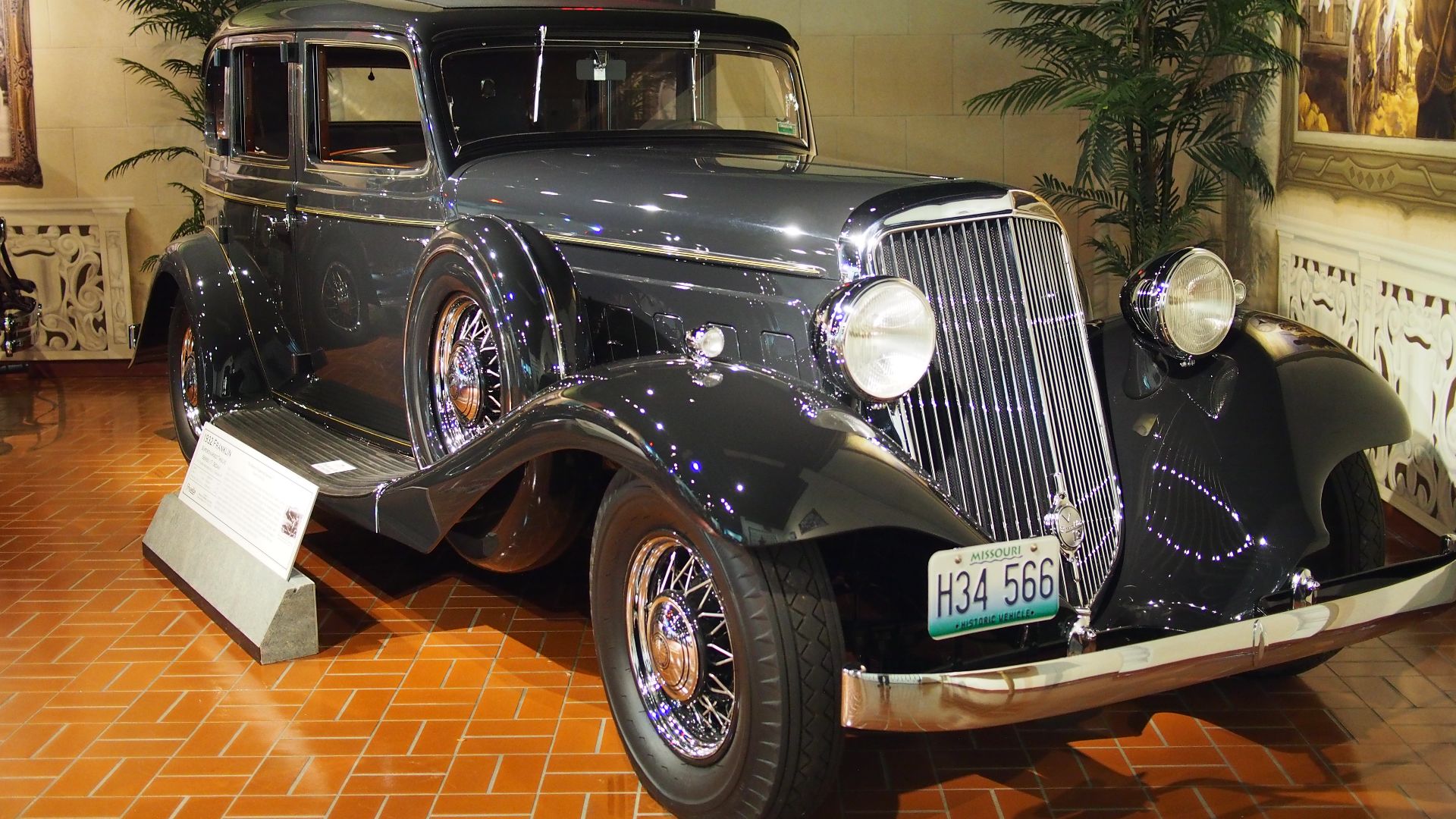 F. D. Richards from Clinton, MI, Wikimedia Commons
F. D. Richards from Clinton, MI, Wikimedia Commons
Hispano-Suiza J12
A now-defunct and less-known French company known as Hispano-Suiza produced the J12 in the 1930s. Powered by a huge 9.5L V12 engine, the car produced speeds in excess of 100 mph. Hispano-Suiza provided only the chassis, with car manufacturers able to put their own bodies onto this beast of an engine.
Horch 853
The Horch 853 is a bit of an automotive mystery, which is why it makes our list. Still having style in spades, the 853 was produced in Germany in 1937, but only a few were made before the Second World War. The factory that produced them was destroyed by Allied bombs during the war and it's unknown how many of these exquisite luxury German cars survived.
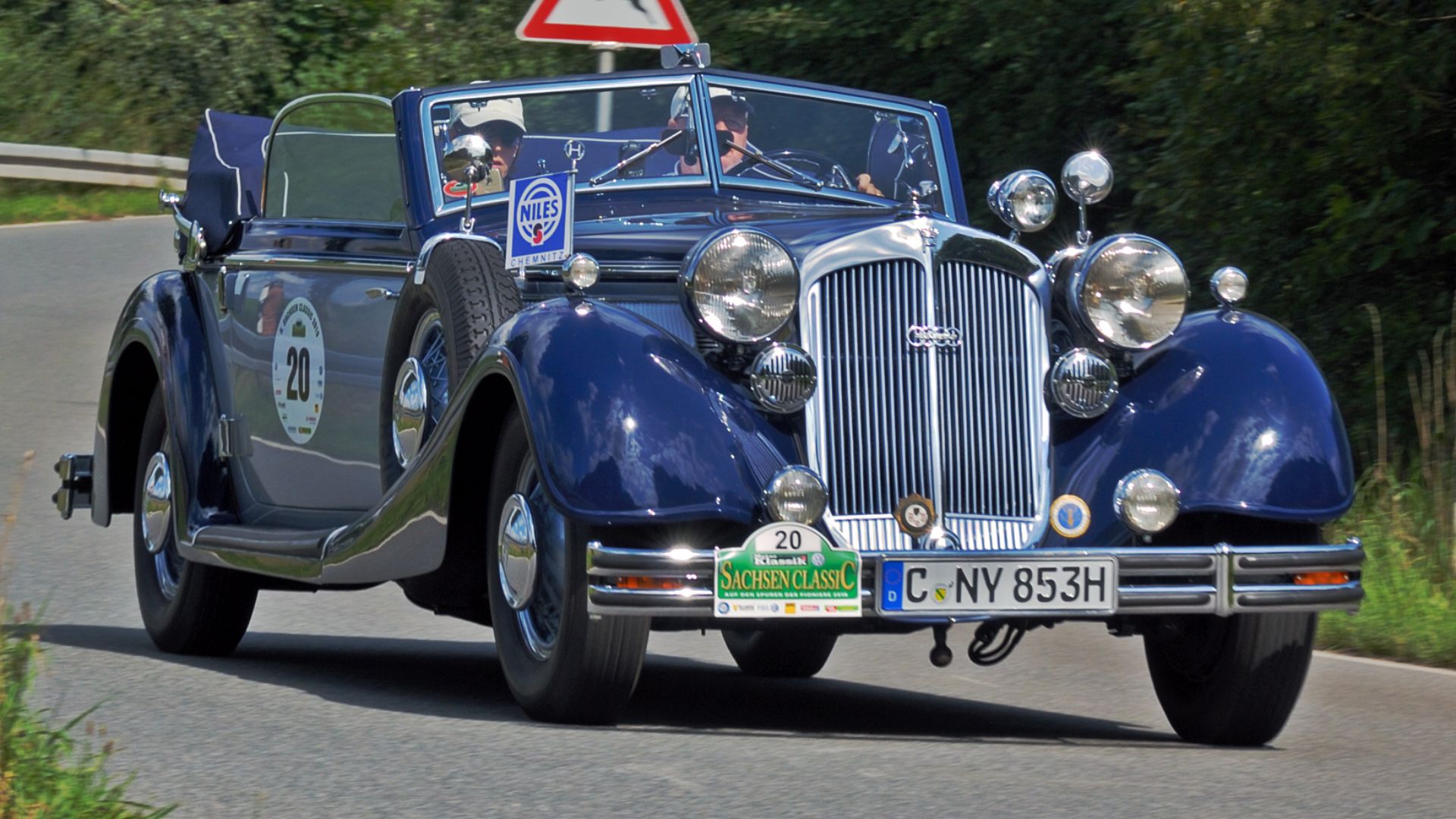 André Karwath aka Aka , Wikimedia Commons
André Karwath aka Aka , Wikimedia Commons
Lagonda V12
Produced between 1938 and 1940, the Lagonda V12 featured an all-new V12 engine, all-new chassis, and independent front suspension. The V12 could be built by a select few Lagonda mechanics with a wheelbase of 124, 136, or 138 inches. It reached a maximum of 103 mph and finished third and fourth in the 24 Hours at Le Mans race in 1939.
 Alexander Migl, Wikimedia Commons
Alexander Migl, Wikimedia Commons
Lincoln K Series
Produced between 1931 and 1940, the K series by Lincoln was one of the most exquisite American pre-war cars not made by Cadillac. The Model K was one of the most exclusive cars of the era as well, with just a few being built throughout its nine years of production. Powered by a 6.3L V8, the K series of 1931 could produce 120 hp.
Marmon Sixteen
Another unfortunate victim of the Great Depression was Marmon. An American automotive manufacturer since 1902, the Marmon Sixteen was something of a last hurrah, built between 1931 and 1934. The 8.0L produced 200 hp, and it was the last model before the company folded due to the collapse of the American auto industry in the 1930s.
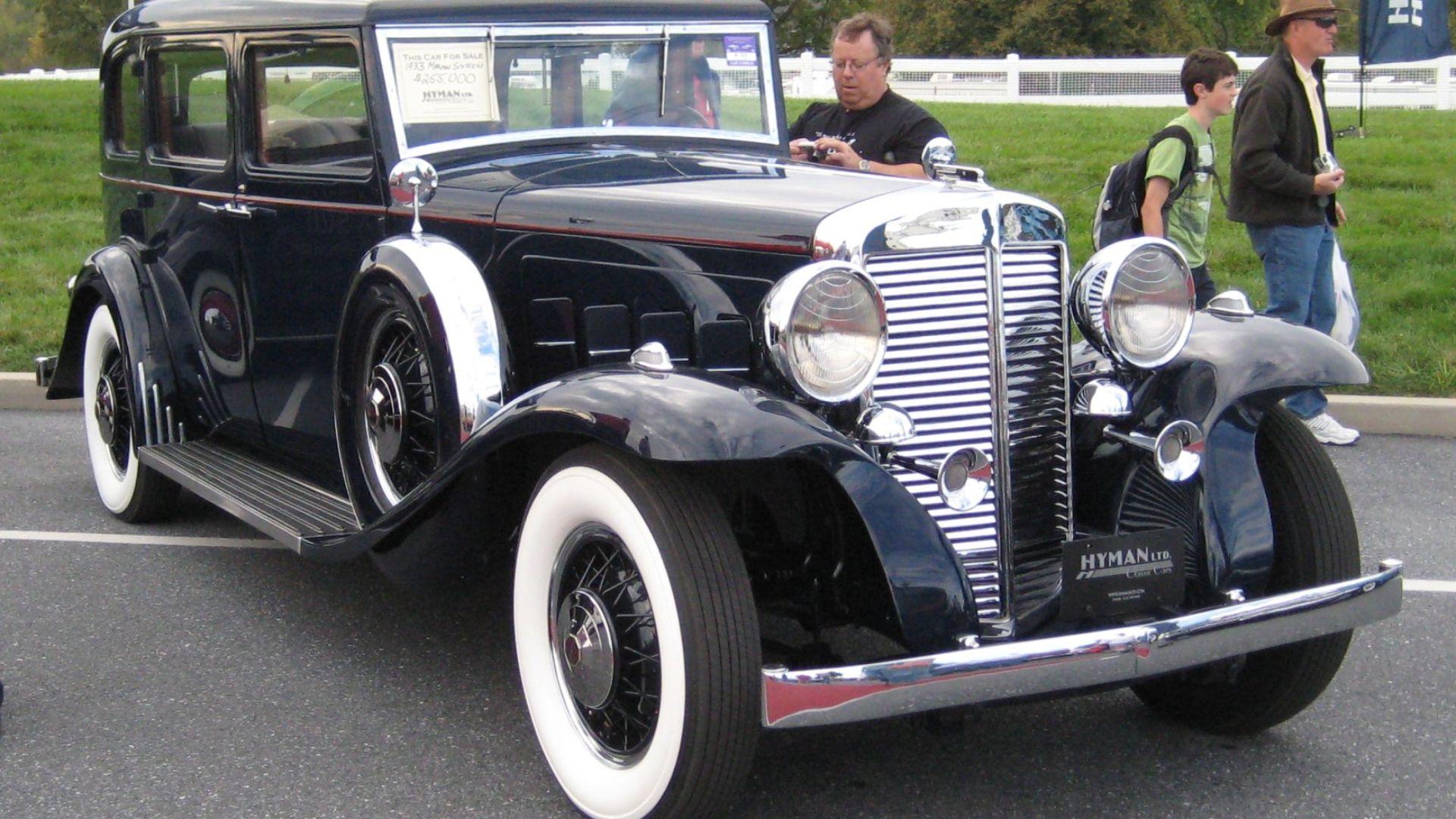 JOHN LLOYD from Concrete, Washington, United States, Wikimedia Commons
JOHN LLOYD from Concrete, Washington, United States, Wikimedia Commons
Maybach Zeppelin
The Maybach Zeppelin was aptly named for the massive airships that the Germans used to use during the Great War. It weighed 6,600 pounds and required a special goods license to drive. Produced between 1928 and 1938, the Zeppelin had a novel design feature for the era: Karl Maybach made the crankshaft bearings out of resin to reduce noise. Only 100 were ever built.
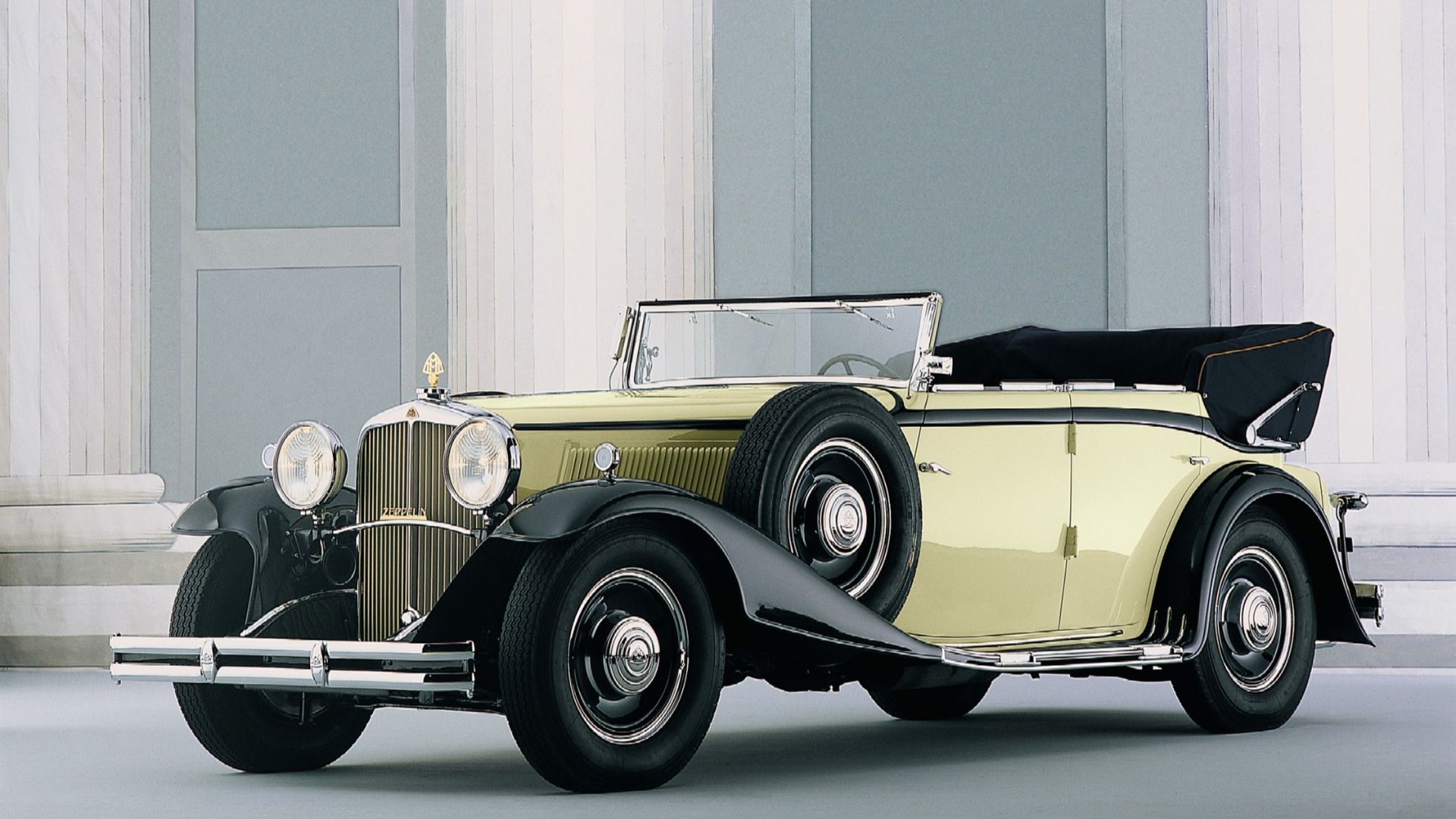 DaimlerChrysler AG Original uploader was Cete at de.wikipedia, Wikimedia Commons
DaimlerChrysler AG Original uploader was Cete at de.wikipedia, Wikimedia Commons
Mercedes-Benz 770
The Mercedes-Benz 770 was one of the most luxurious and exquisite cars the company has ever produced—probably because it was made for royalty and high-ranking officials within Nazi Germany, along with Emperor Hirohito and Pope Pius XI. We don't know exactly how many were made, but a supercharged version was produced that could put out 400 hp and a top speed of 120 mph. It was the most expensive production car in Germany in the 1930s.
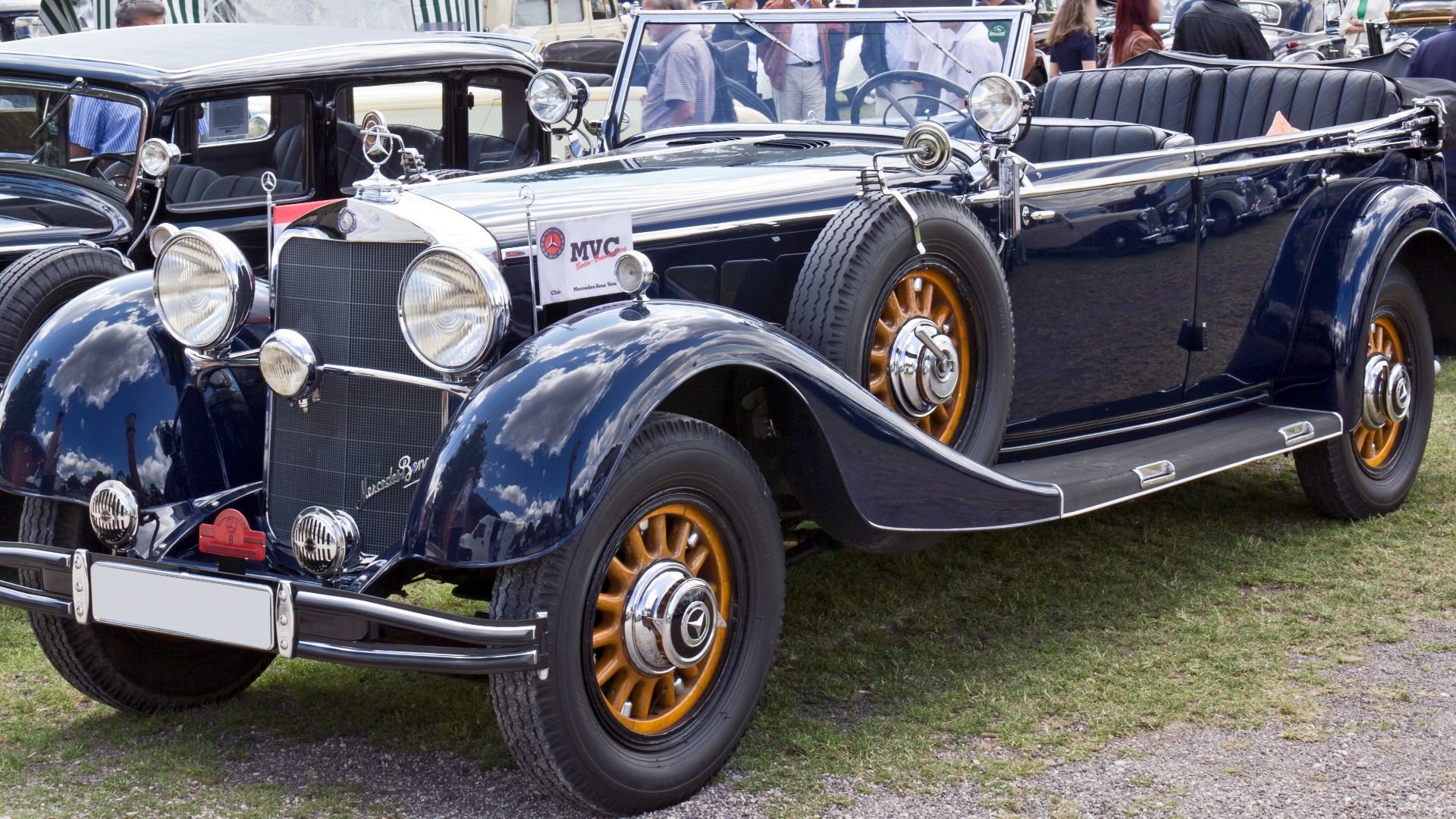 Rudolf Stricker, Wikimedia Commons
Rudolf Stricker, Wikimedia Commons
Mercedes-Benz Nürburg (W08)
Known by its other name, the W08, the Type Nürburg 460 was designed by Ferdinand Porsche (yes, that one) and released to the public in 1929. Developed as a six-seater limousine-style roadster, the Nürburg 460 was Mercedes' first ever eight-cylinder passenger car.
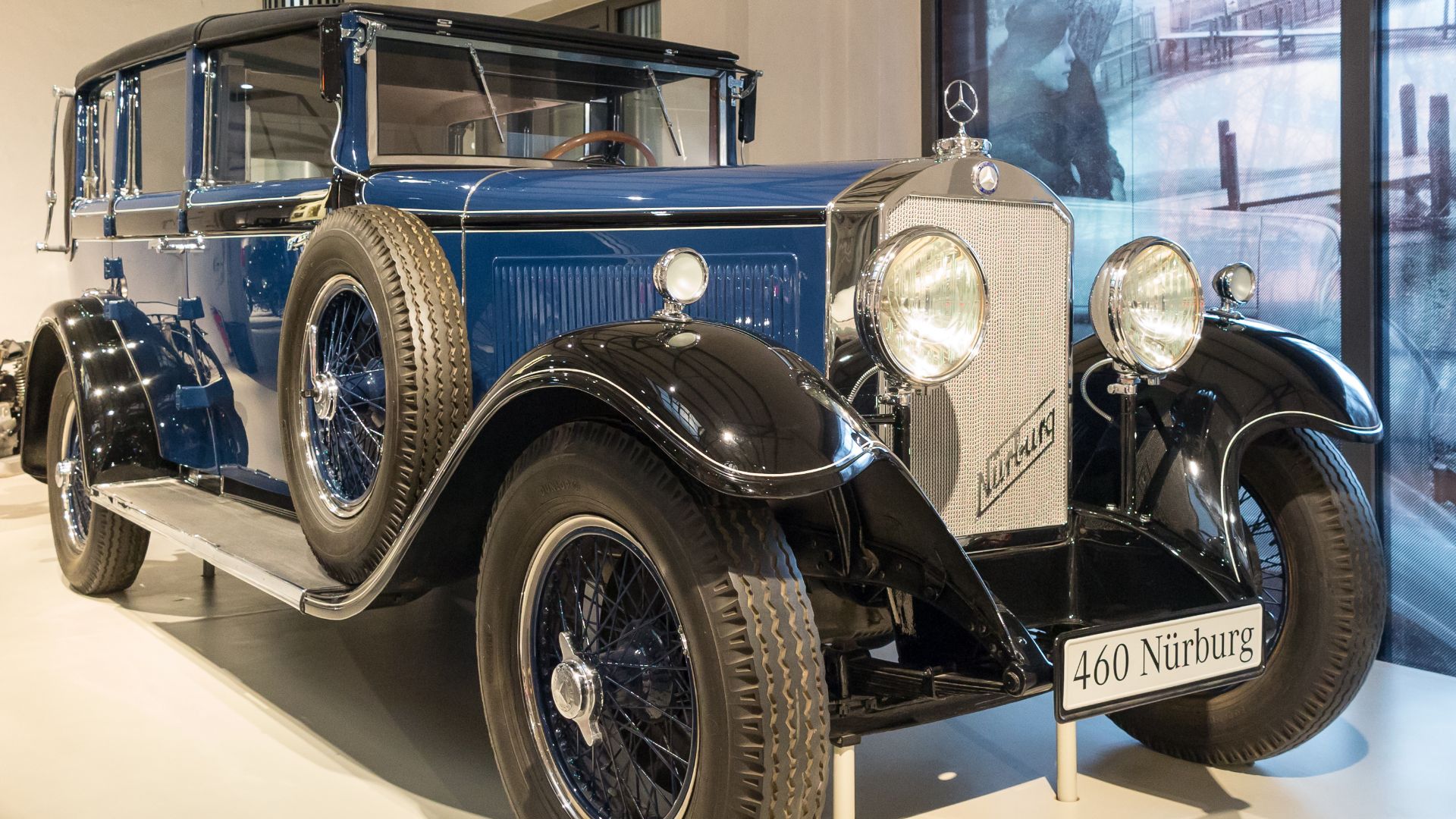 JoachimKohlerBremen, Wikimedia Commons
JoachimKohlerBremen, Wikimedia Commons
Packard Twelve
The second-generation Packard Twelve was produced between 1933 and 1938, featuring a 7.4L V12 engine that produced an impressive 160 hp. President Roosevelt once gave Joseph Stalin an up-armoured Packard Twelve in October 1935—it would become one of the dictator's favorite cars.
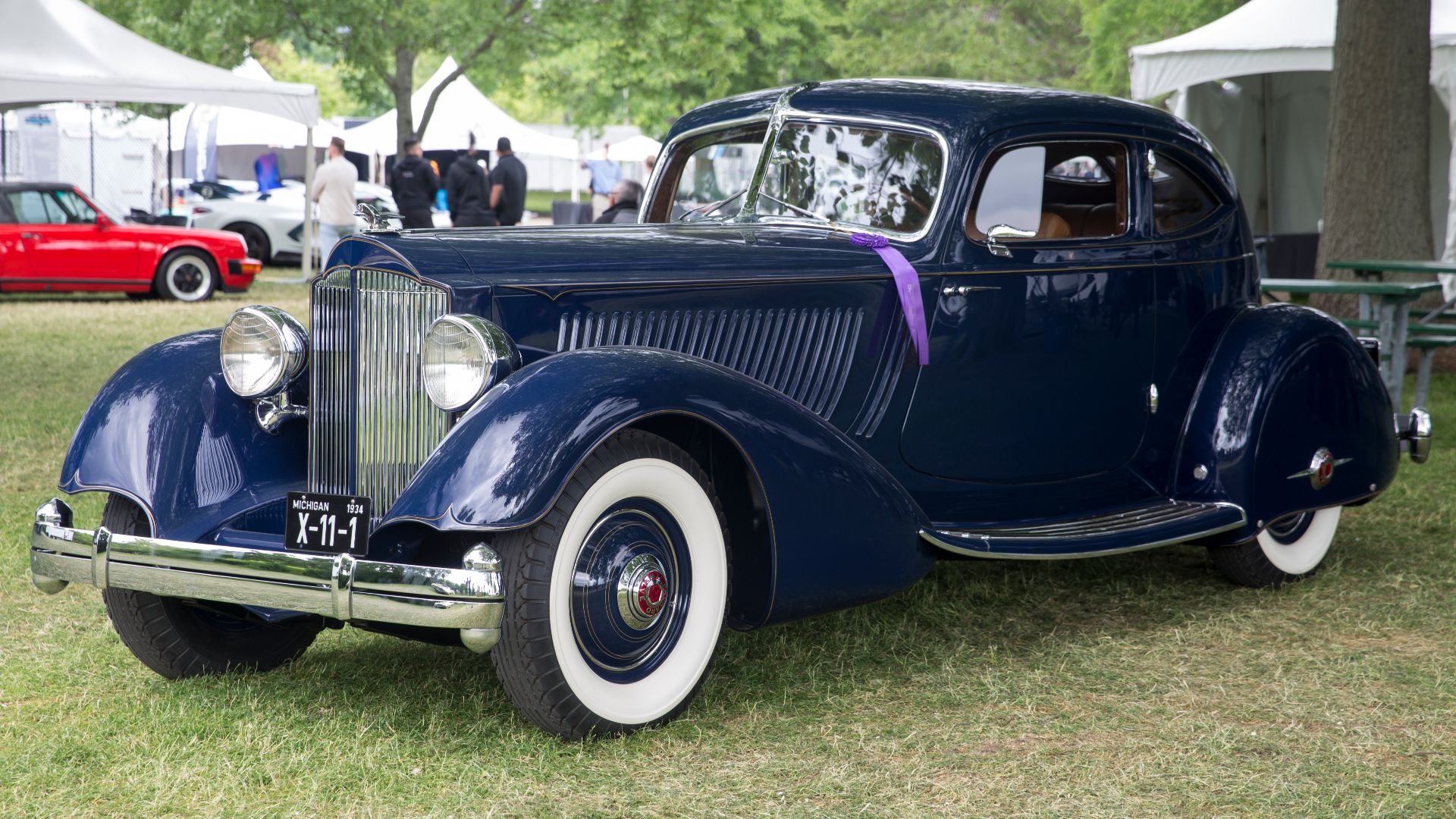 Mr.choppers, Wikimedia Commons
Mr.choppers, Wikimedia Commons
Packard Super Eight
One rung below the Packard Twelve was the Super Eight. Available as a two-door coupe, sedan, station wagon, or a convertible, the Super Eight was produced with an inline eight-cylinder 6.3L engine that produced 160 hp. Following the classic designs found in the Packard Twelve, things didn't really change until the 1940s, when the station wagon introduced wooden paneling on each side.
 DaanHoffmann, Wikimedia Commons
DaanHoffmann, Wikimedia Commons
Pierce-Arrow Model 41
In 1931, American car manufacturer Pierce-Arrow was in some pretty deep trouble. Dwindling sales and a nascent Great Depression meant they'd need something extraordinary to keep them from insolvency. Enter the Model 41. 147 inches long with a straight-eight engine that could produce 147 hp, and featuring more chrome than Google and a freewheeling transmission, the Model 41 was exactly what the doctor ordered for Pierce-Arrow.
 Michael LoCascio, Wikimedia Commons
Michael LoCascio, Wikimedia Commons
Pierce-Arrow Silver Arrow
One of the world's rarest cars, the Pierce-Arrow Silver Arrow was built in 1933. Designed by Phillip O Wright, the Silver Arrow, is (as you might expect) silver in color and shaped with a flowing design. Hiding under the hood was a V12 engine that could propel the Silver Arrow to 115 mph. Only five Silver Arrows were built, with only three still in existence today.
Rolls-Royce 20/25
The Rolls-Royce 20/25 was the car that saved Rolls-Royce during the Great Depression. Built between 1929 and 1936, it was viewed as a successor to the 20-horsepower Rolls-Royce Twenty that had taken the luxury car market by storm in 1922. It became one of the most popular Rolls-Royce models ever, as the company built 3,287 of these cars, of which 70% are still in use today.
 Lordruss1969, Wikimedia Commons
Lordruss1969, Wikimedia Commons
Rolls-Royce Phantom II
The successor to the New Phantom, the Rolls-Royce Phantom II was introduced in 1929 with an all-new chassis and a pushrod straight-six engine that gave out 7.7L of displacement. Leaf springs in the front and rear made for a much smoother ride. A left-hand drive US version was also produced, as Rolls-Royce saw opportunities to market the car in the burgeoning American auto market, despite the pinch of the Great Depression.
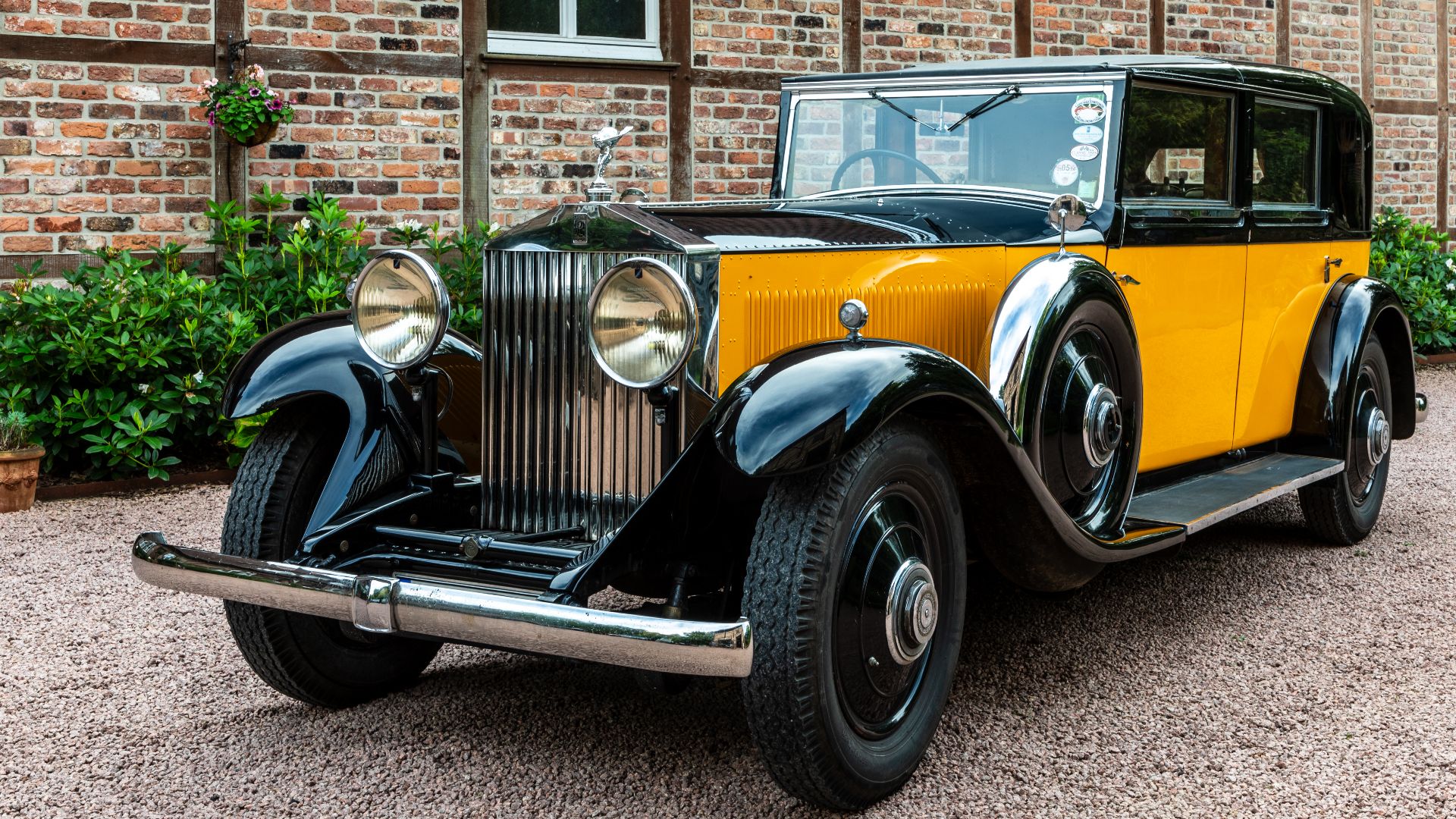 Dietmar Rabich, Wikimedia Commons
Dietmar Rabich, Wikimedia Commons
Rolls-Royce Phantom III
The first-ever V12-powered Rolls-Royce, the Phantom III was introduced in 1936, with only 727 built between 1936 and 1939, and 650 surviving World War II. The Phantom III featured a stunning 7.32L engine and twin-ignition systems. It could travel up to 87.5 mph and could go from 0 to 60 in 16.8 seconds. An icon of pre-war British car manufacturing.
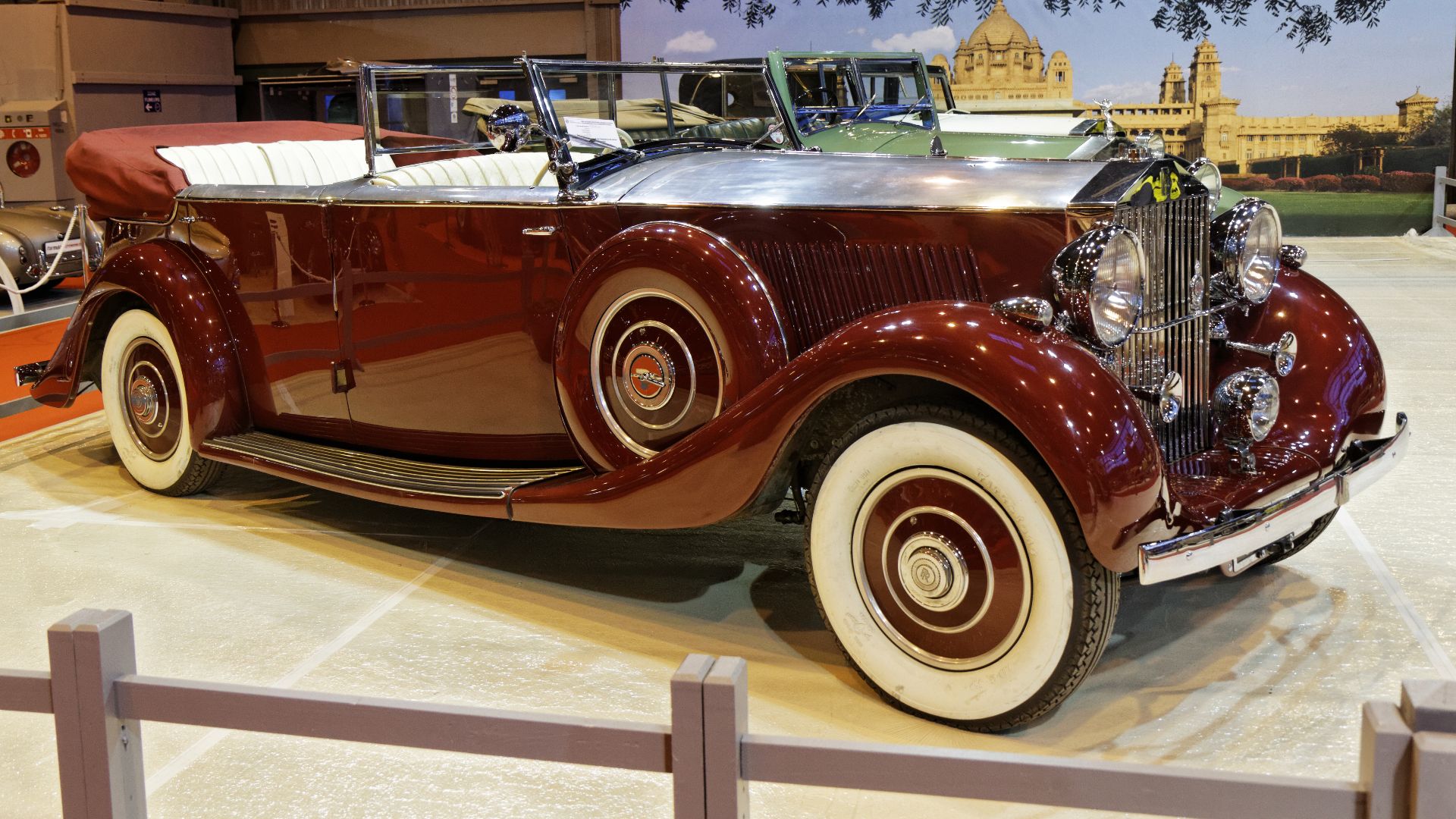 Thesupermat, Wikimedia Commons
Thesupermat, Wikimedia Commons
Stutz DV-32
Produced between 1929 and 1936, the Stutz DV-32 had twin-overhead camshafts and four valves per cylinder. It produced 156 hp and was a huge hit among fans of Stutz Automobiles. Unfortunately, the fan favorite couldn't save Stutz, who went under in 1939.
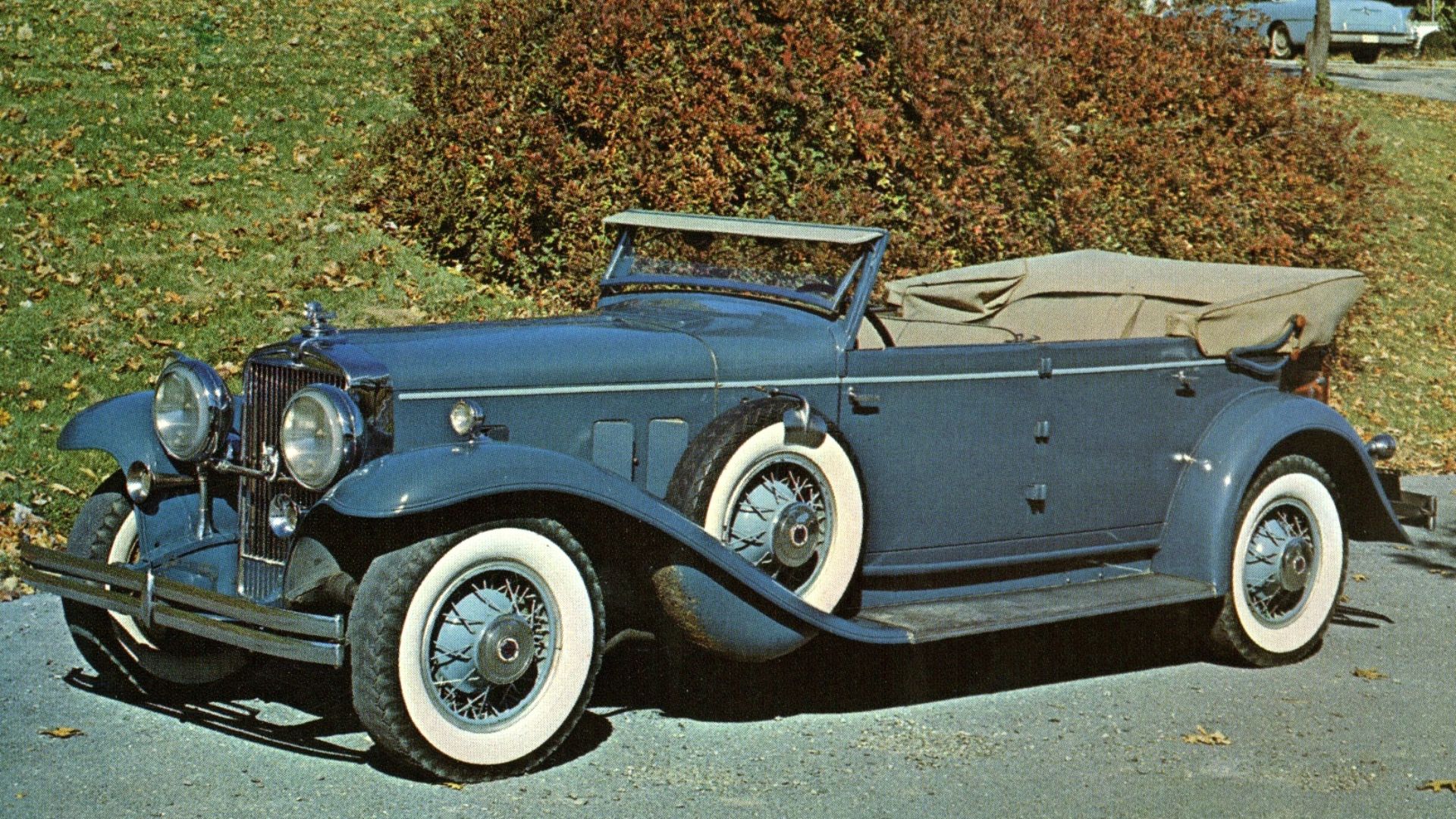 Bill McChesney from USA, Wikimedia Commons
Bill McChesney from USA, Wikimedia Commons
Tatra T77
An unusual car on our list: the Tatra T77 was a Czech invention in the post-war Communist-era country. Developed in 1934, the T77 featured a 2.97L rear-mounted air-cooled V8 engine and was one of the world's first cars truly designed to be aerodynamic and lightweight. Unusually, the car's steering wheel was positioned in the middle of the dashboard, with passengers on either side of the driver. Each car was hand-built with a leather interior.
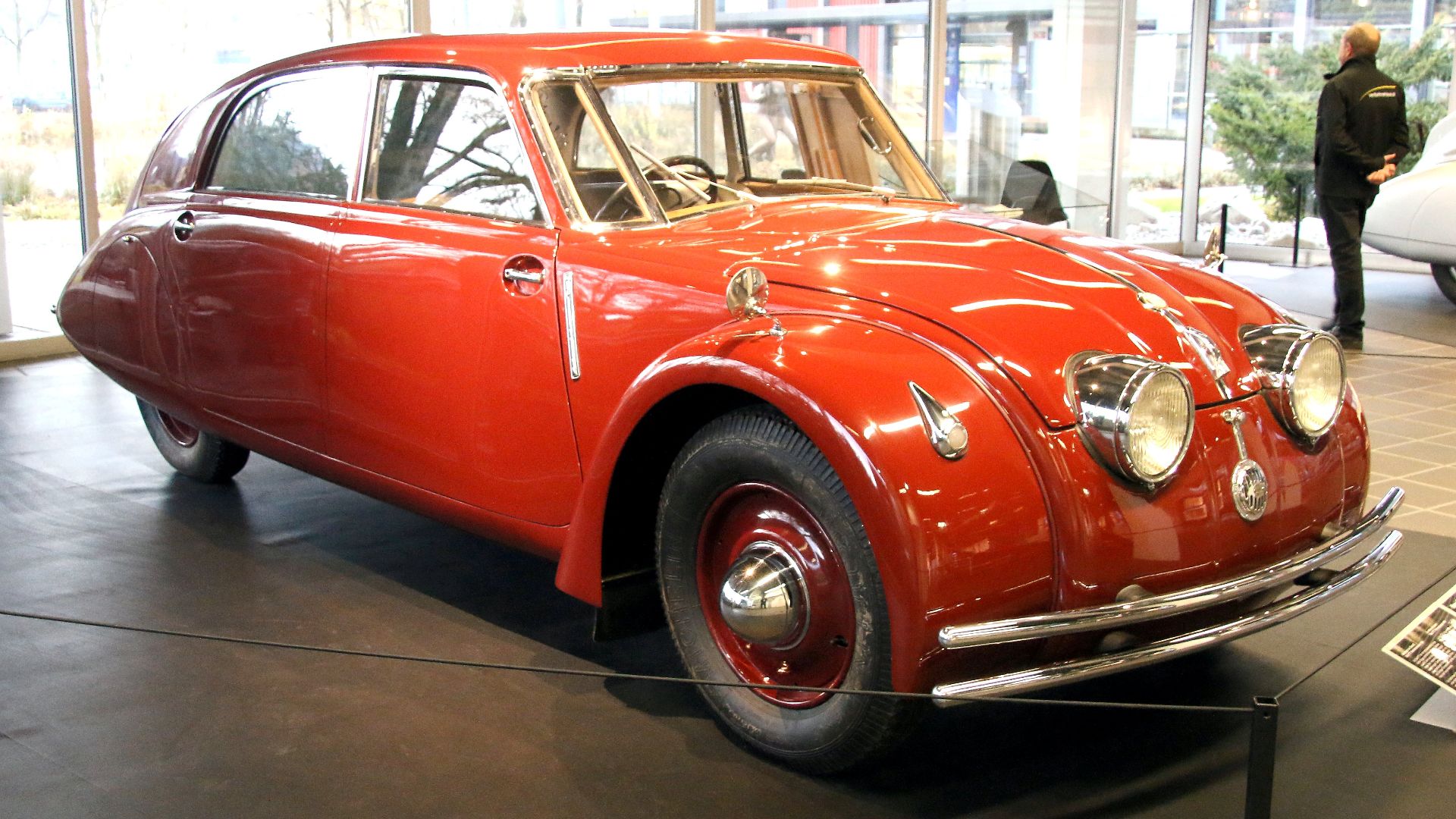 kitmasterbloke, Wikimedia Commons
kitmasterbloke, Wikimedia Commons
Mercedes-Benz 540K
The Mercedes-Benz 540K was one of the last luxurious cars that Mercedes produced before World War II. This luxurious behemoth was powered by a 5.4L straight-eight cylinder engine with a supercharger that increased the power output from 115 to 180 hp and gave the 540 a stunning top speed of 110 mph. Hermann Goering reportedly ordered a "Luftwaffe" pale blue version with armored glass and doors, with his family crest on either side.
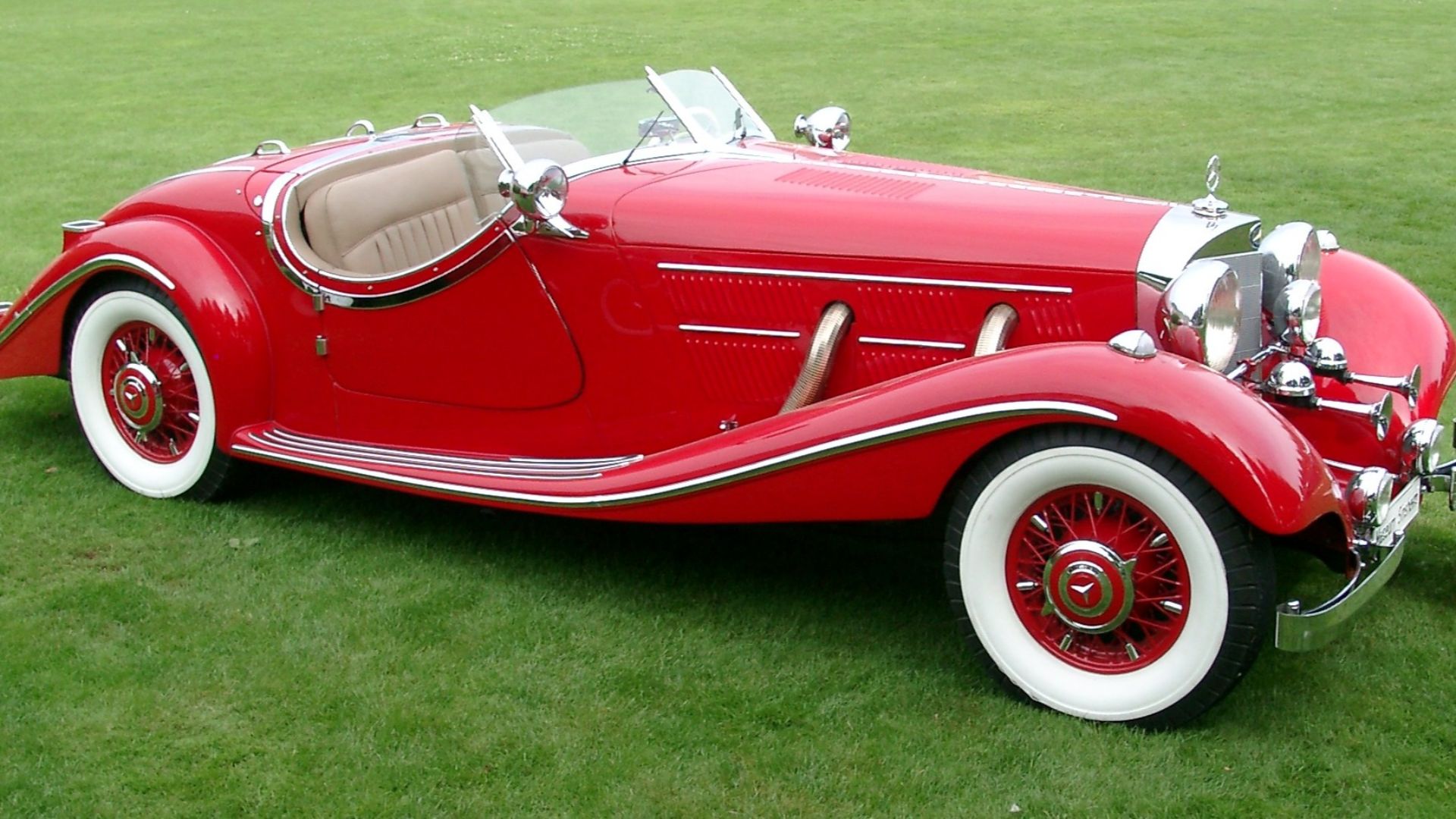 Rudolf Stricker, Wikimedia Commons
Rudolf Stricker, Wikimedia Commons
SS Jaguar 100
Created by SS Cars Ltd of Coventry, England in 1936 and produced until 1939, the SS Jaguar 100 was a short car for the era, with a wheelbase of just eight feet, eight inches, and powered by twin-carburettors in an overhead engine that produced 100 hp. It was thought that the car was capable of traveling 100 mph, with just one fixed-head coupe being built, while the rest were all convertibles. It's one of the most aesthetically pleasing British cars of the 1930s.
Auburn Speedster
One of the first sports cars of the 1930s was the Auburn Speedster. In an era riddled with luxury cars that were the size of small boats, the Auburn Speedster broke new ground. Otherwise known as the Speedster 851, and fitted with gorgeous body lines and a stunning exterior, the Auburn Speedster is famous for being the "Hollywood Car" of the decade.
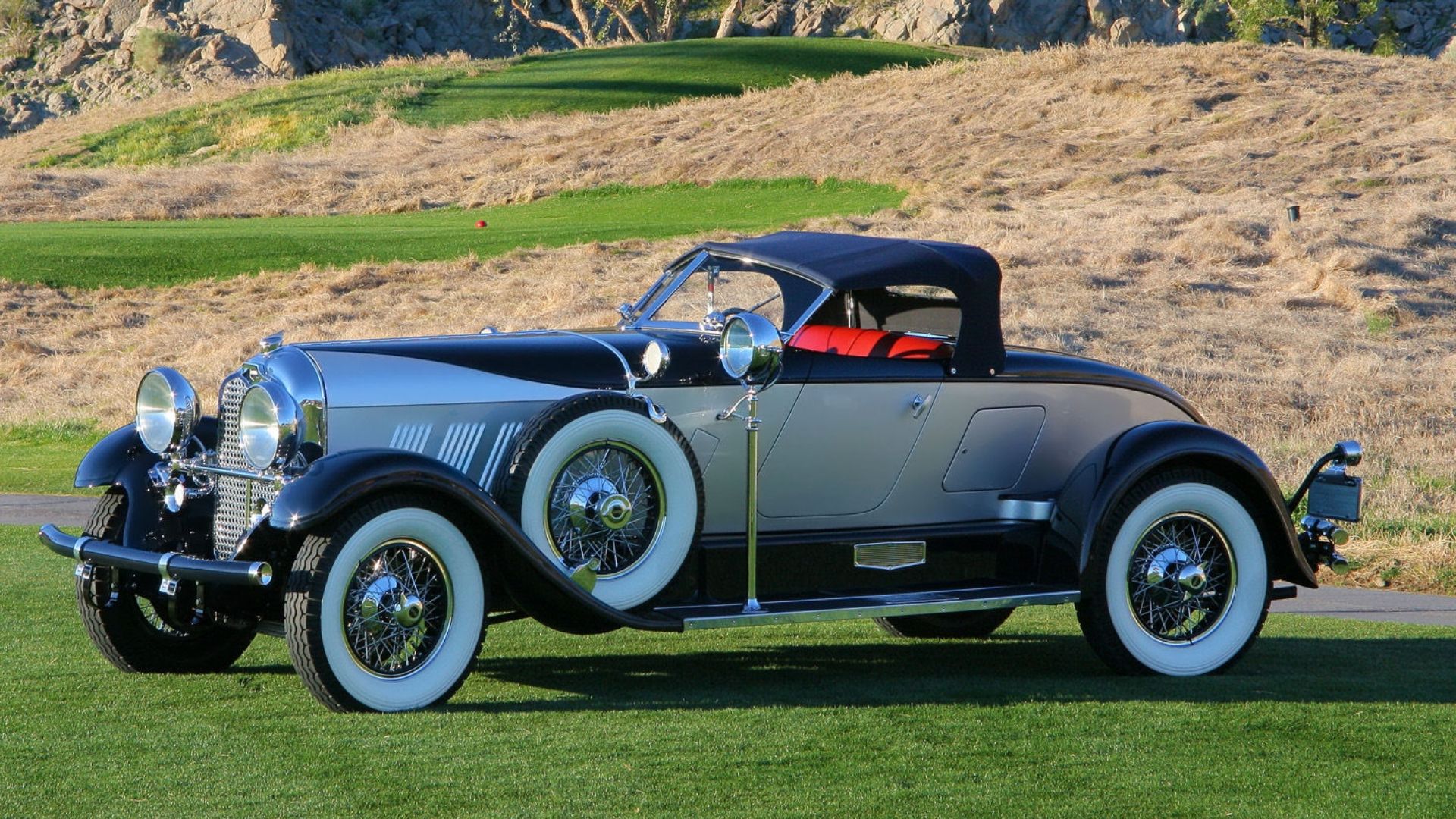 Rex Gray from Southern California, Wikimedia Commons
Rex Gray from Southern California, Wikimedia Commons
Henry Ford's Model A Couldn't Save His Reputation
One of the most innovative men in automotive and possibly global history: Henry Ford. His Model T brought motorized transportation to the masses in the United States at the beginning of the 20th century. He then released the Model A in 1927 until 1936. Although a huge market success, Henry Ford became known for his anti-Semitism, including a reception with members of the Nazi Party in the mid-1920s—and he even got a favorable mention in Mein Kampf.
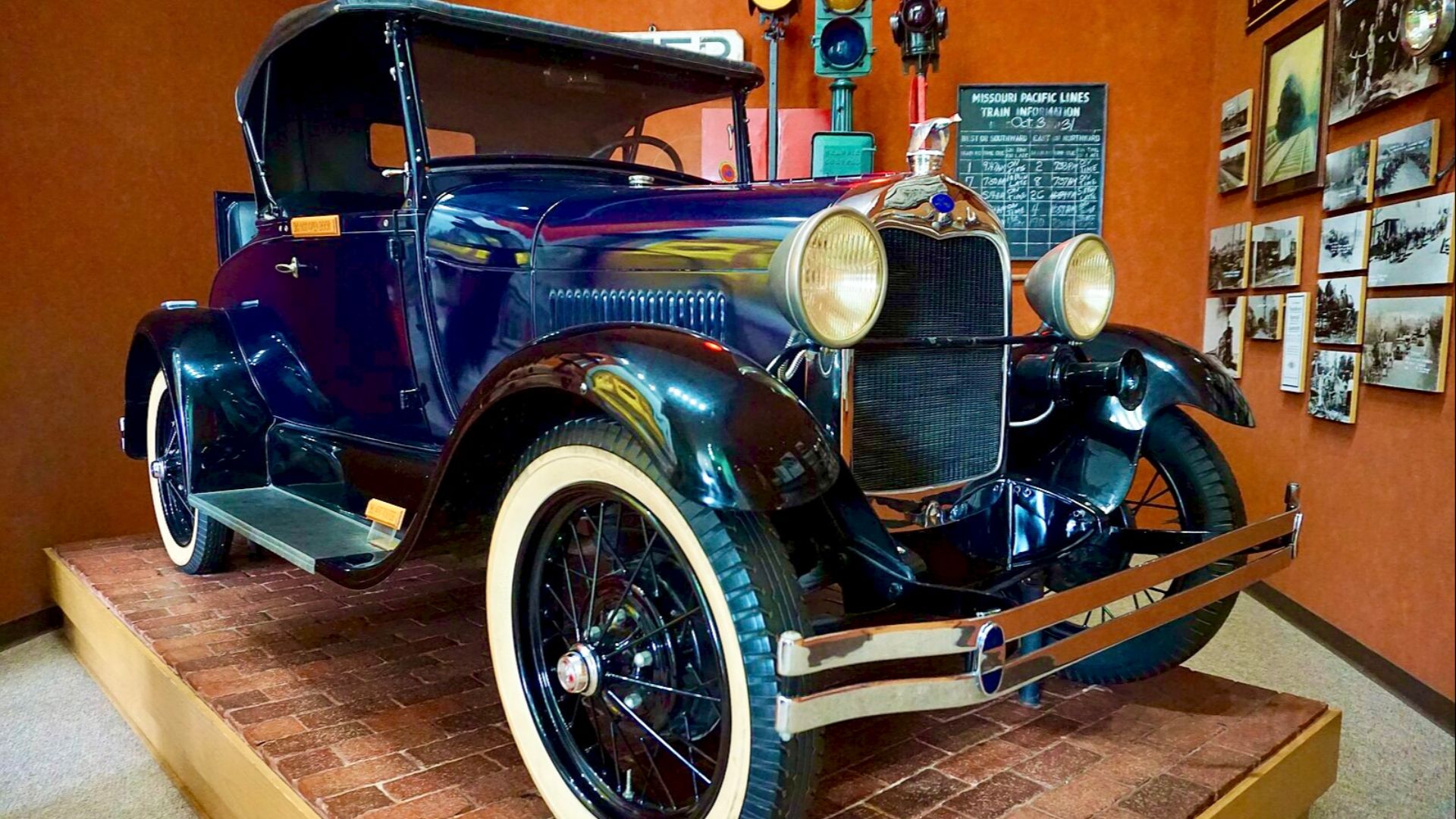 Michael Barera, Wikimedia Commons
Michael Barera, Wikimedia Commons
You May Also Like:
Classic Cars So Problematic You'll Regret Buying Them
Elvis Presley's Legendary Car Collection


